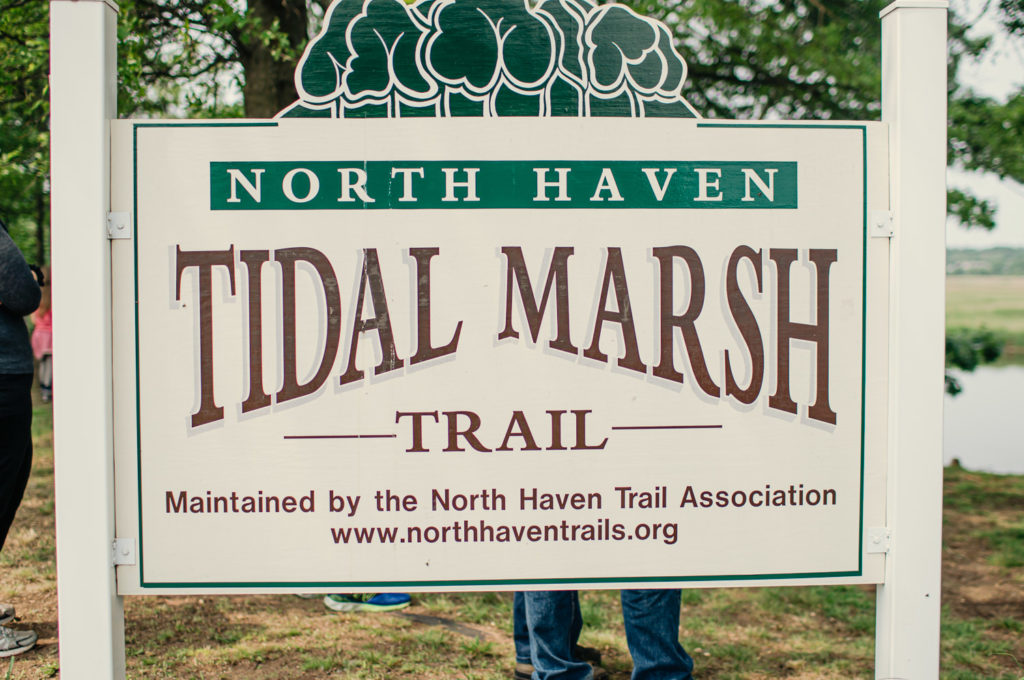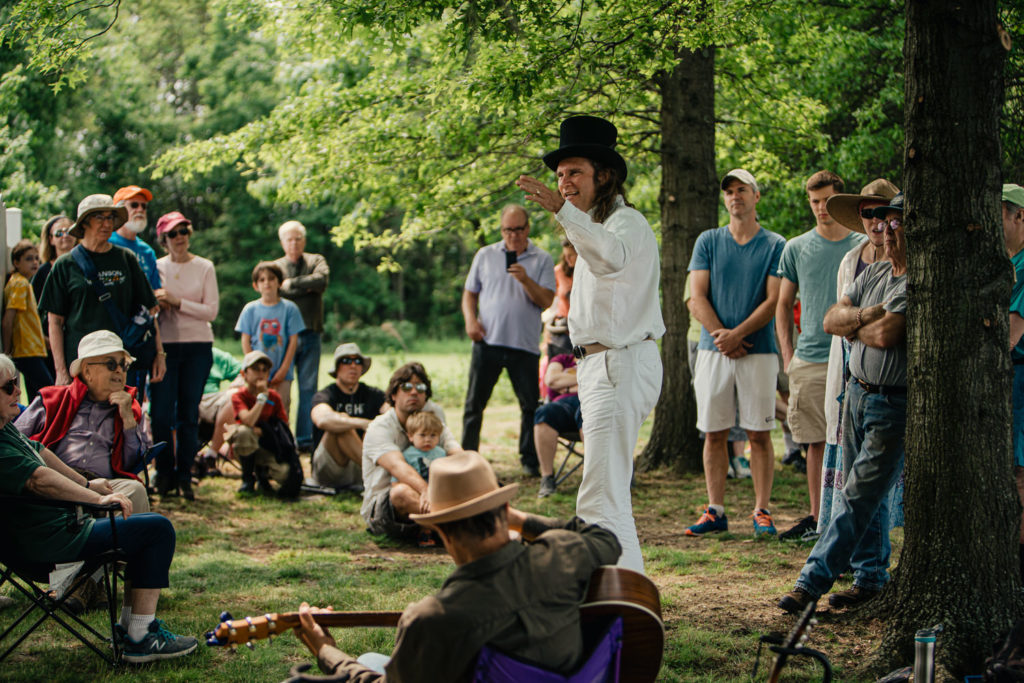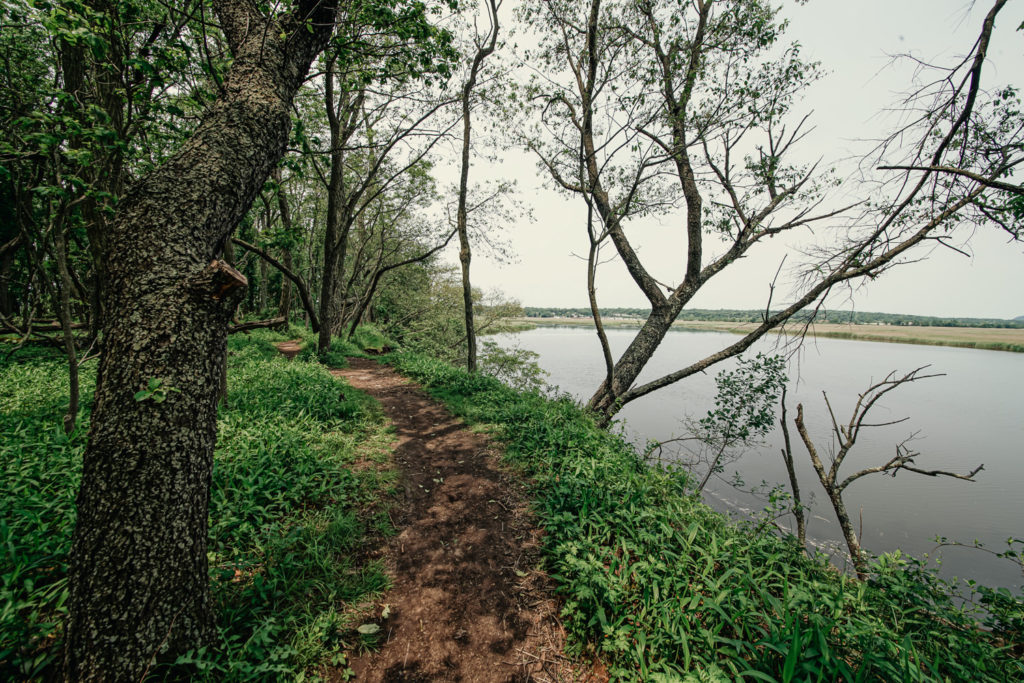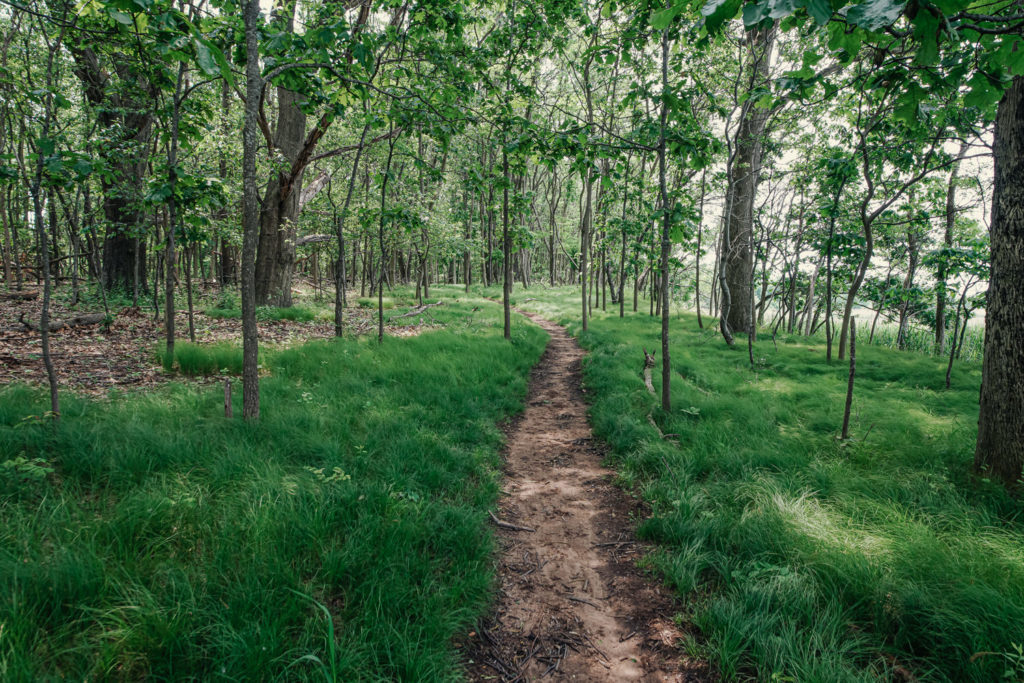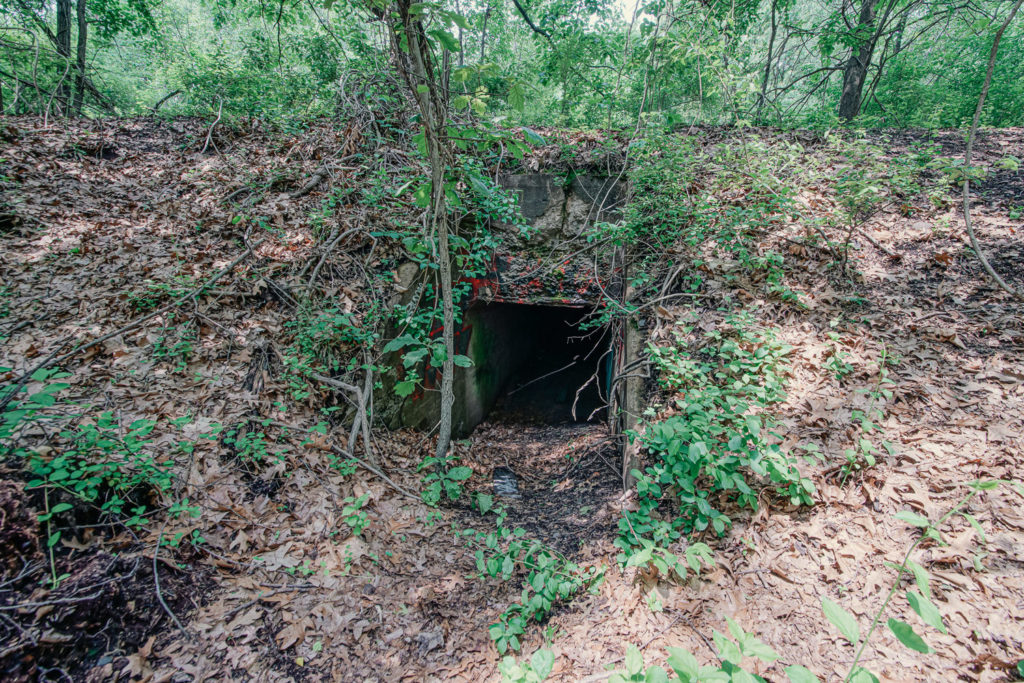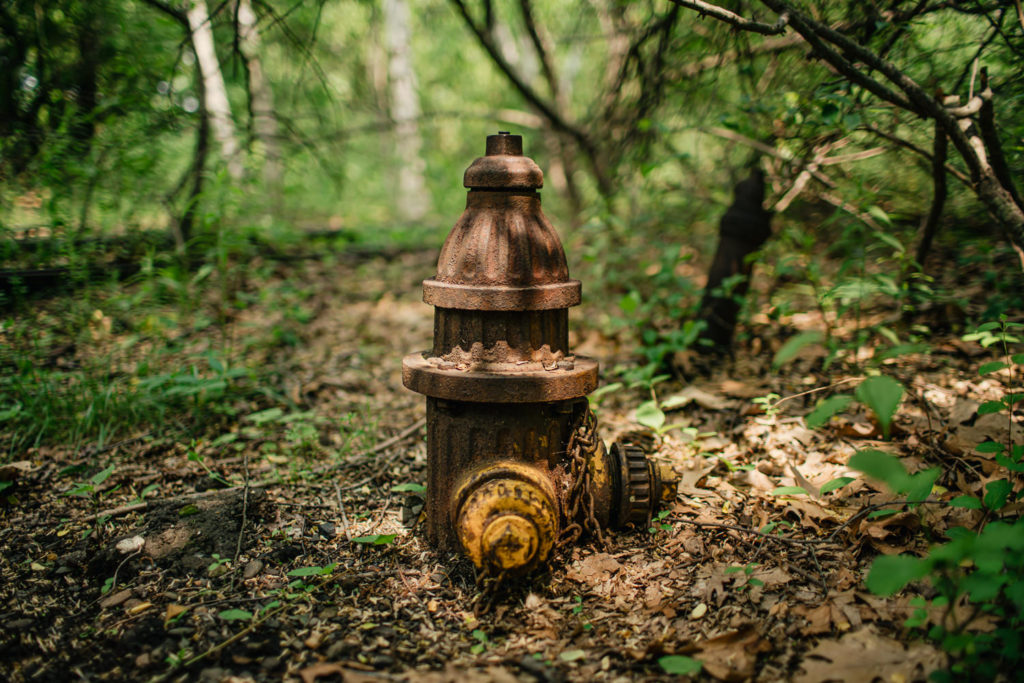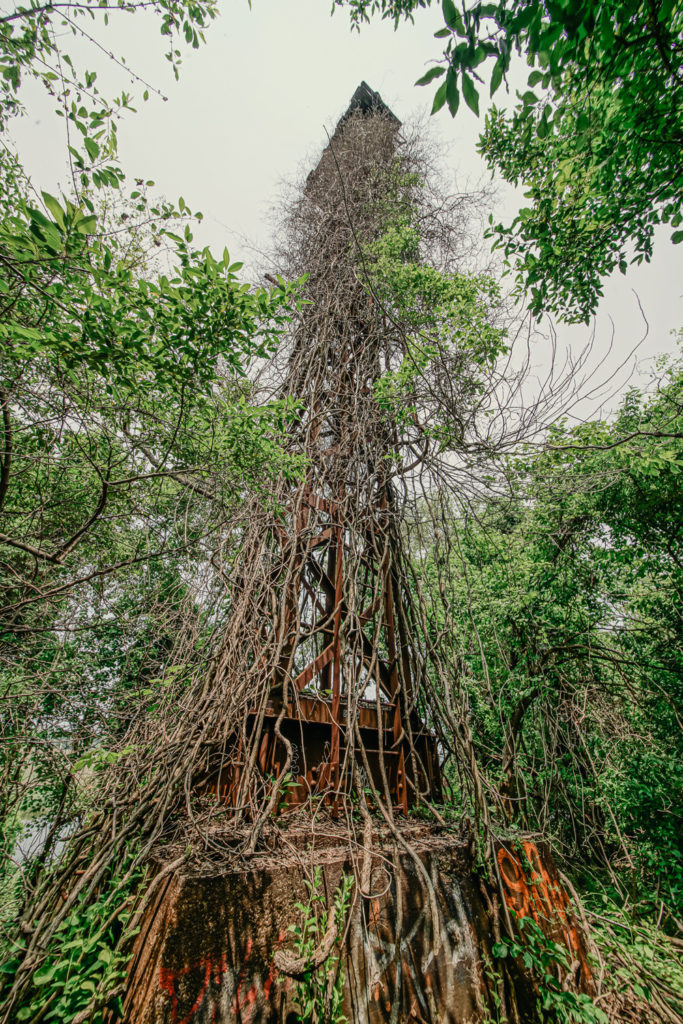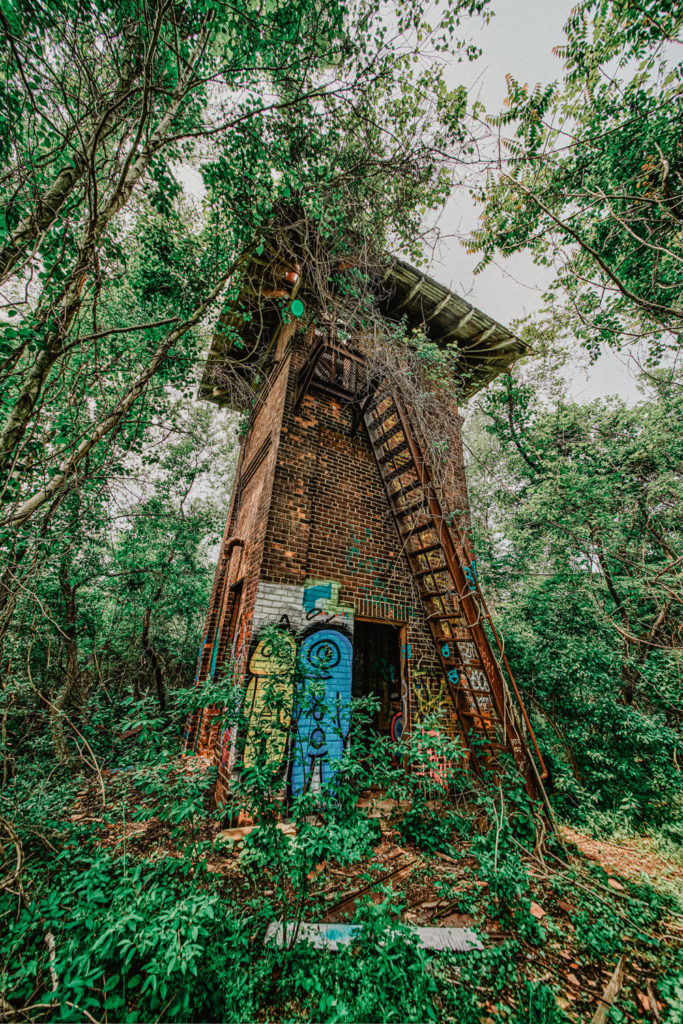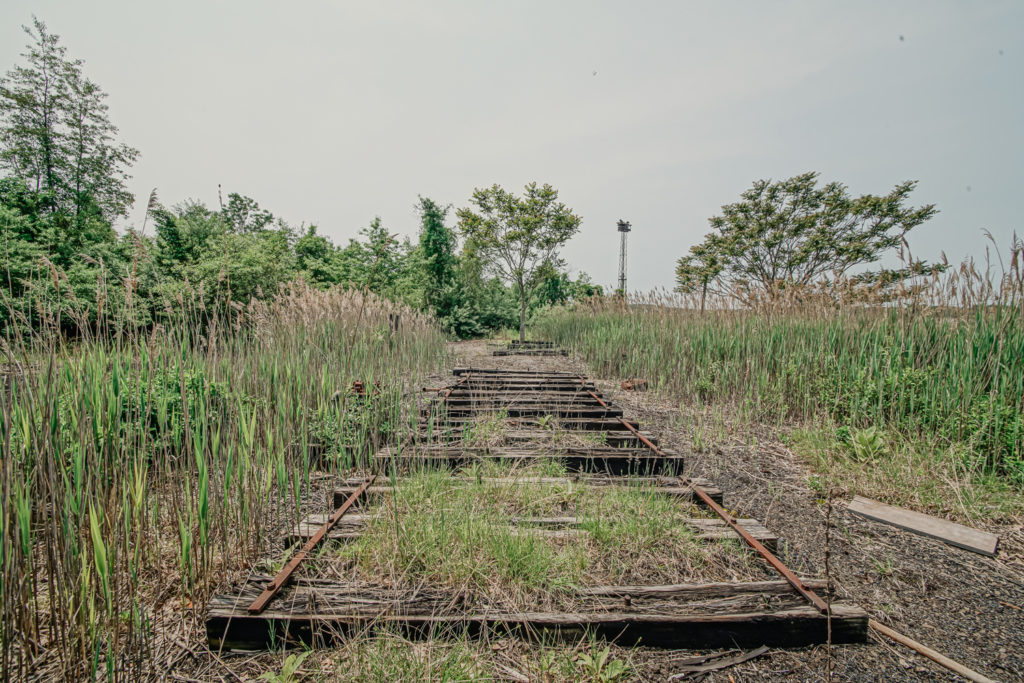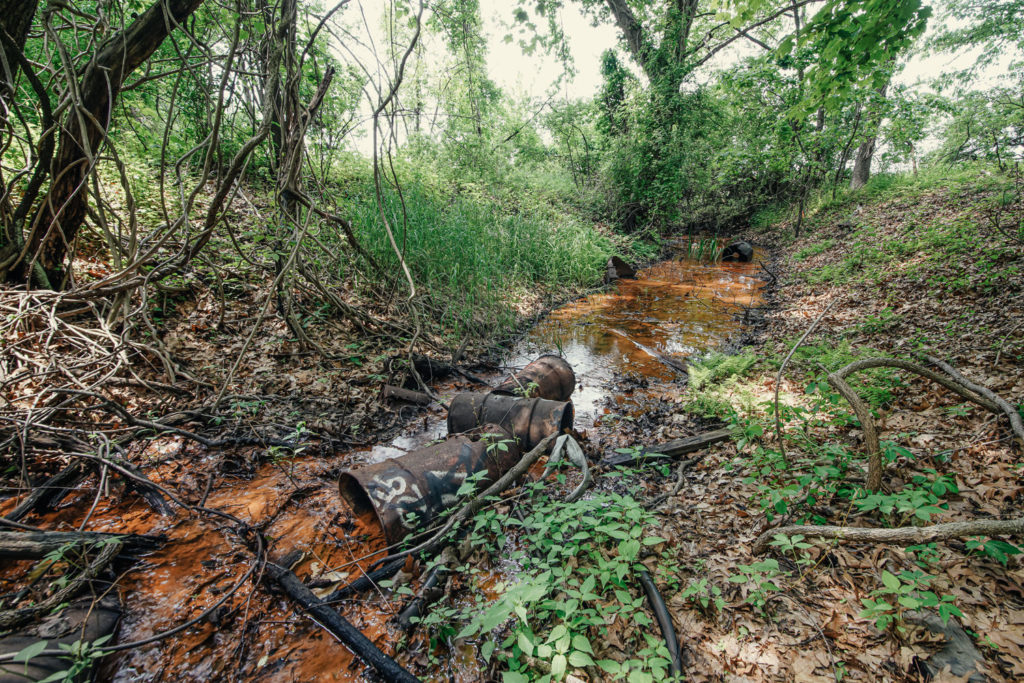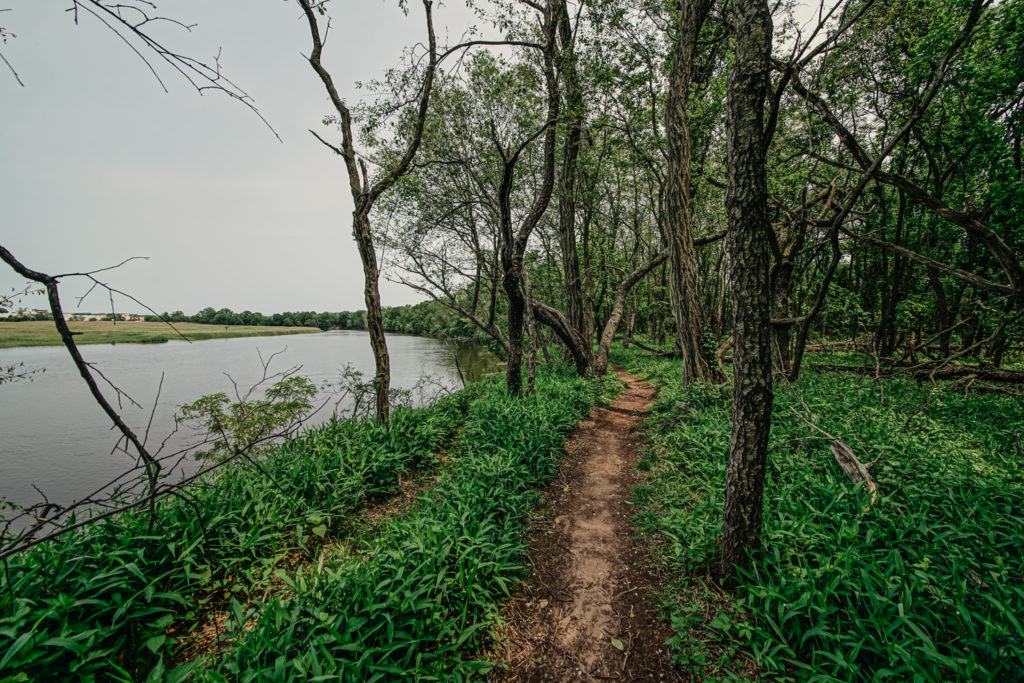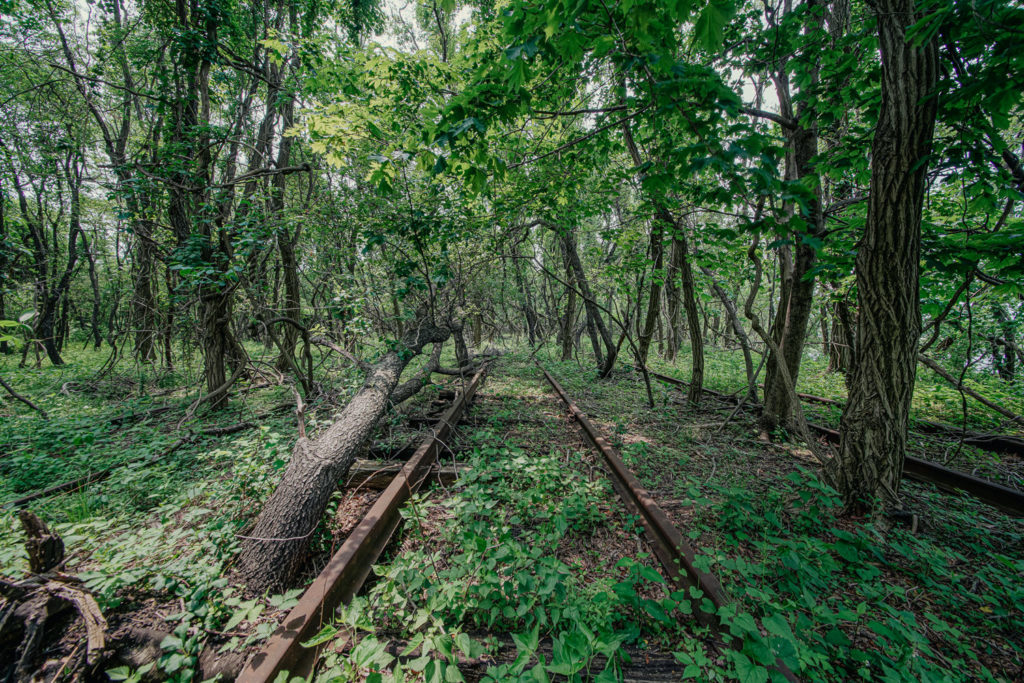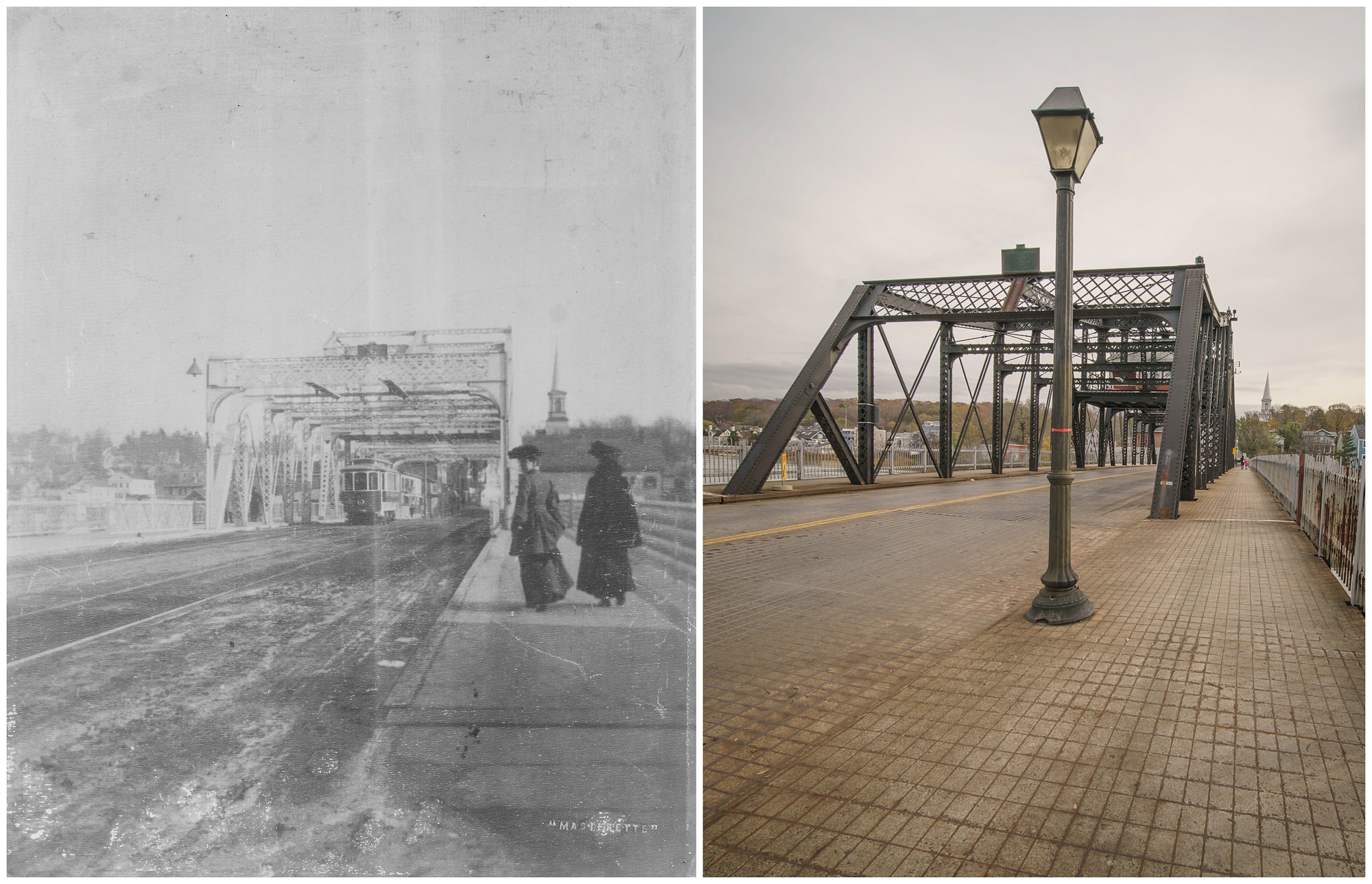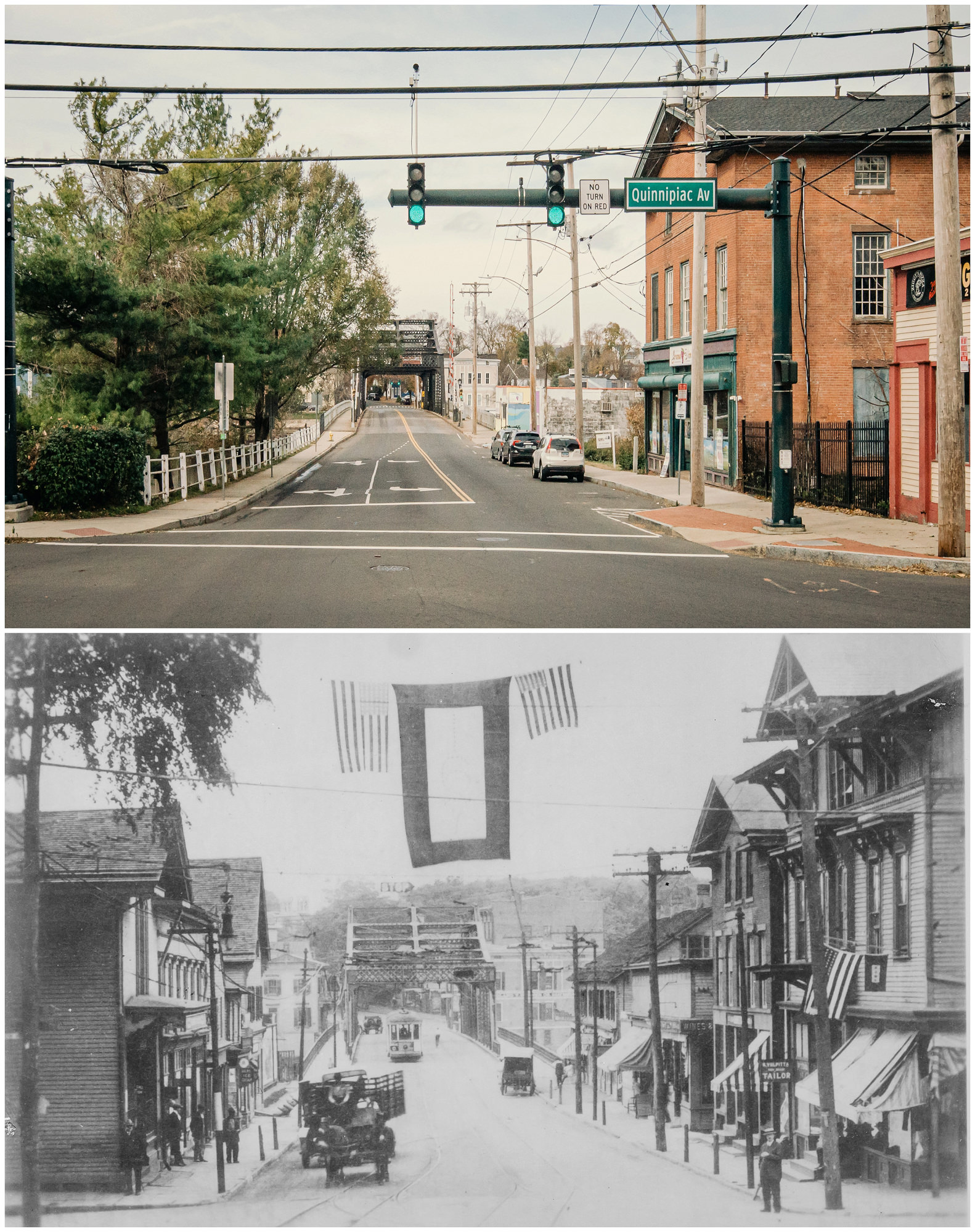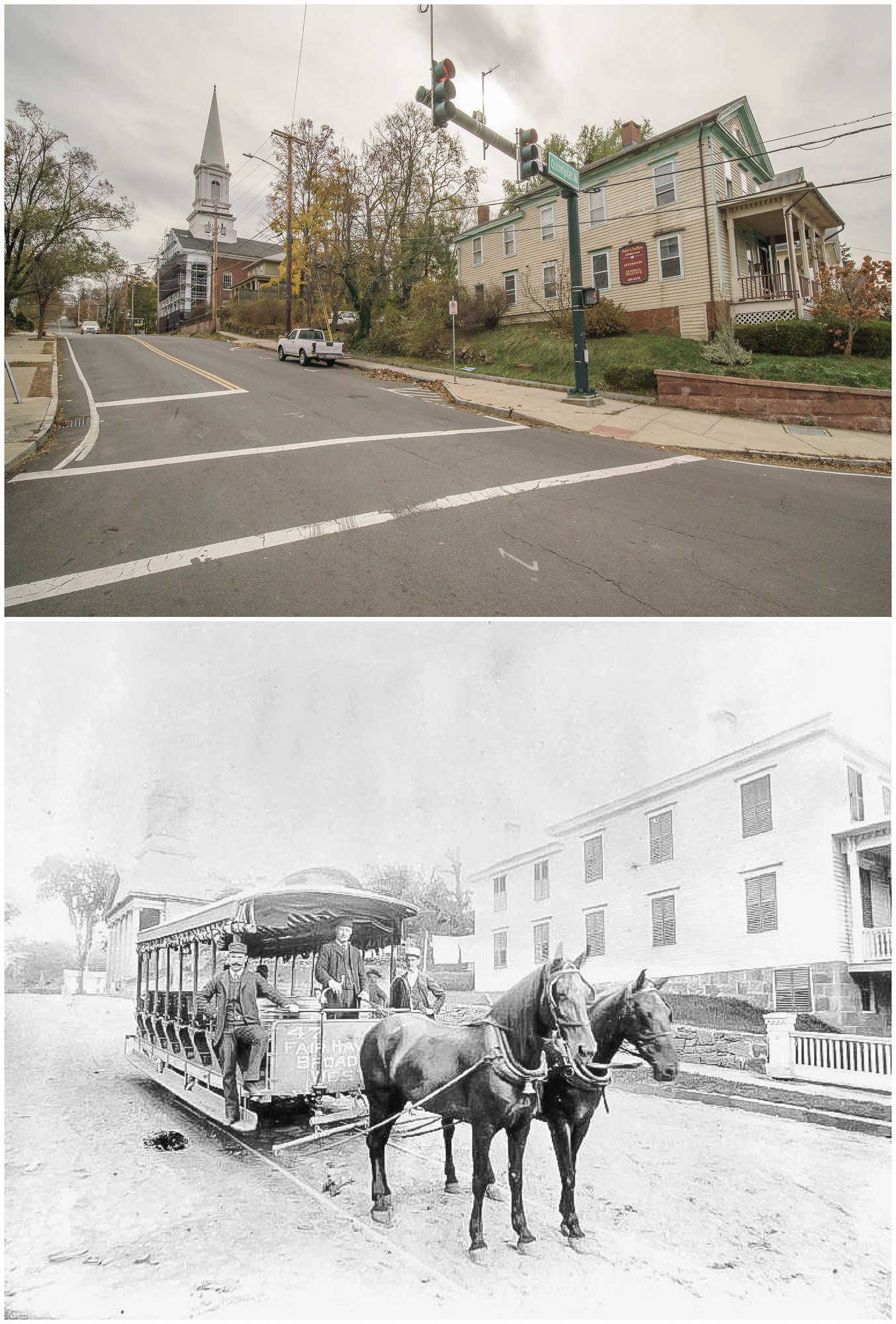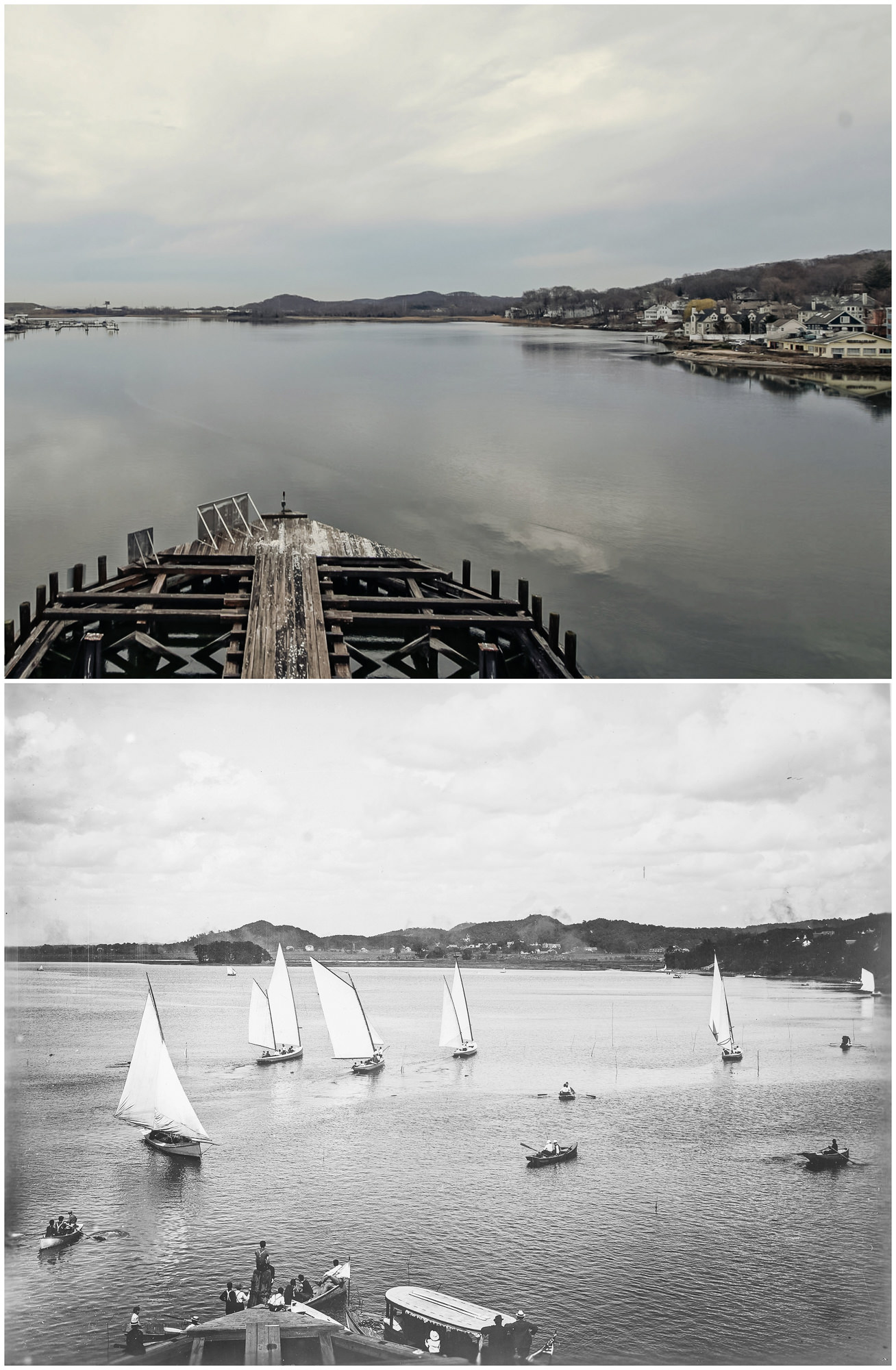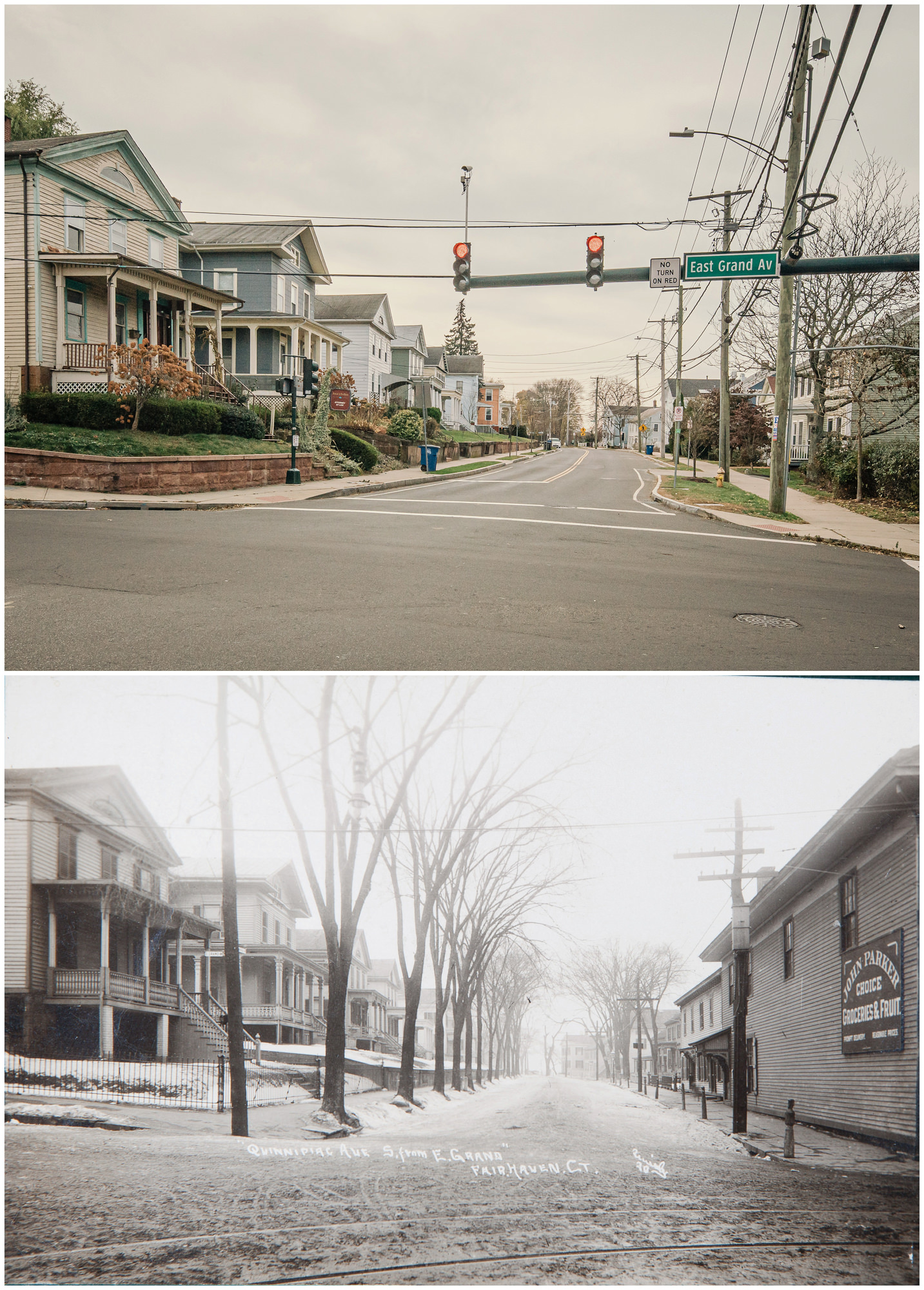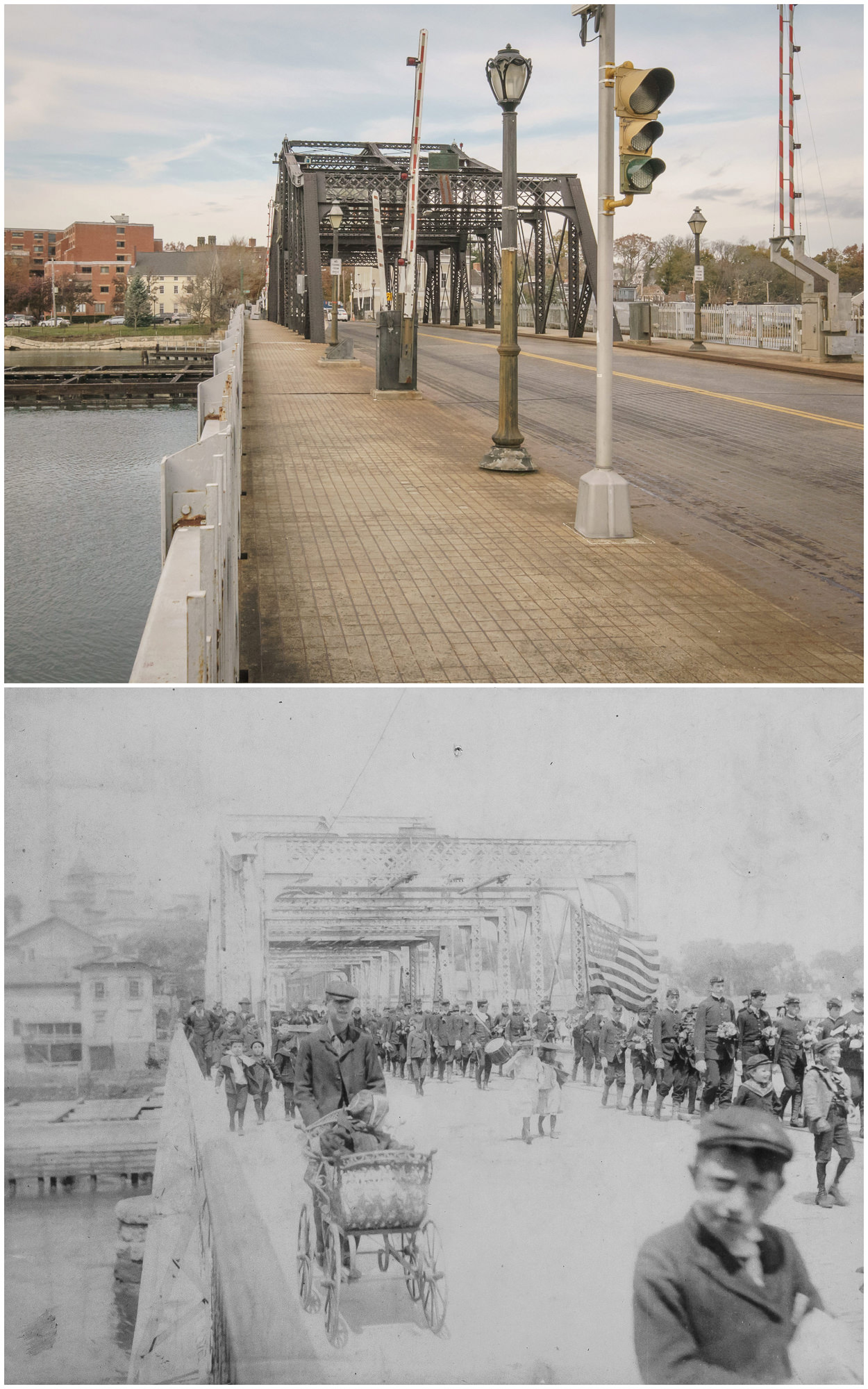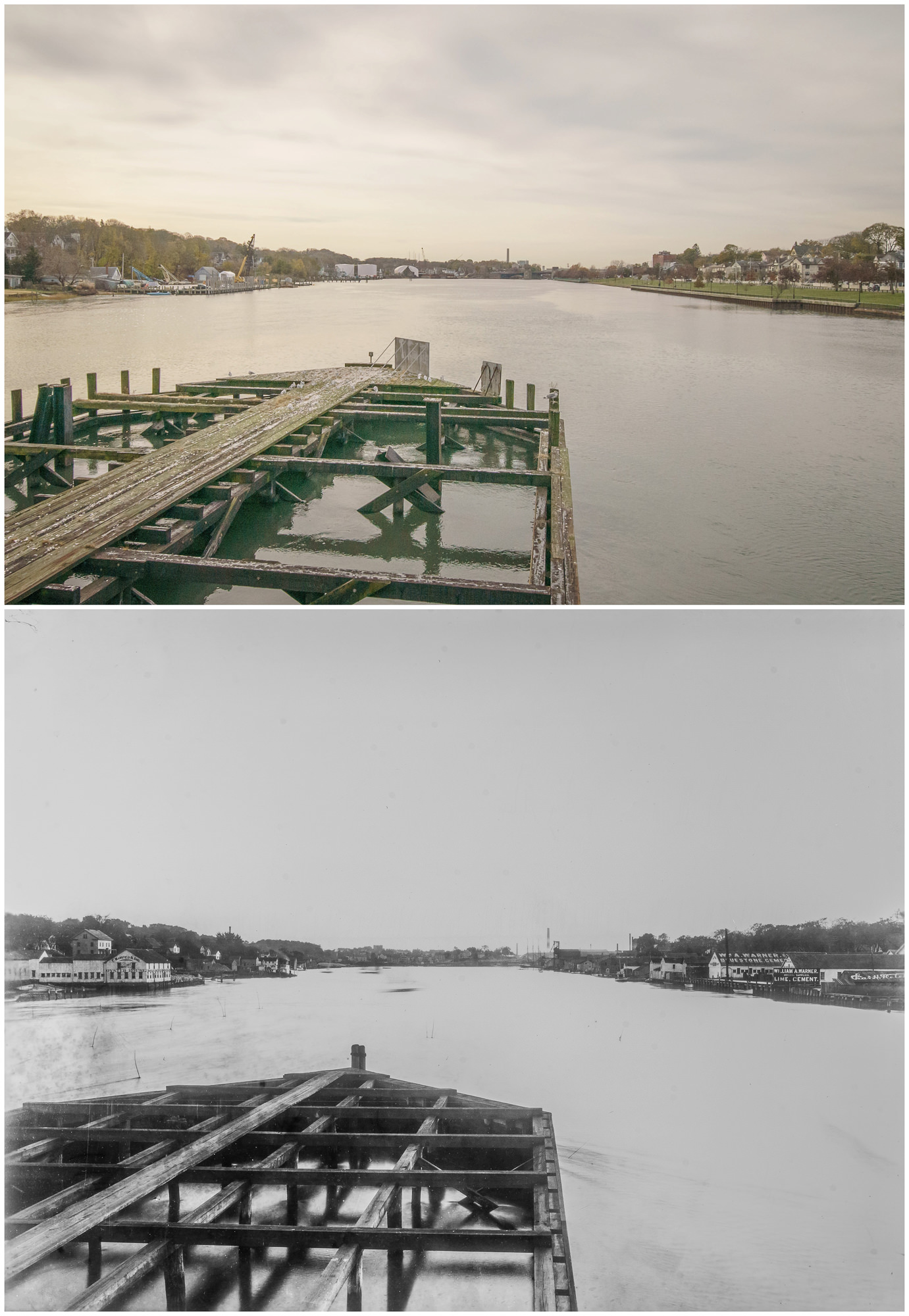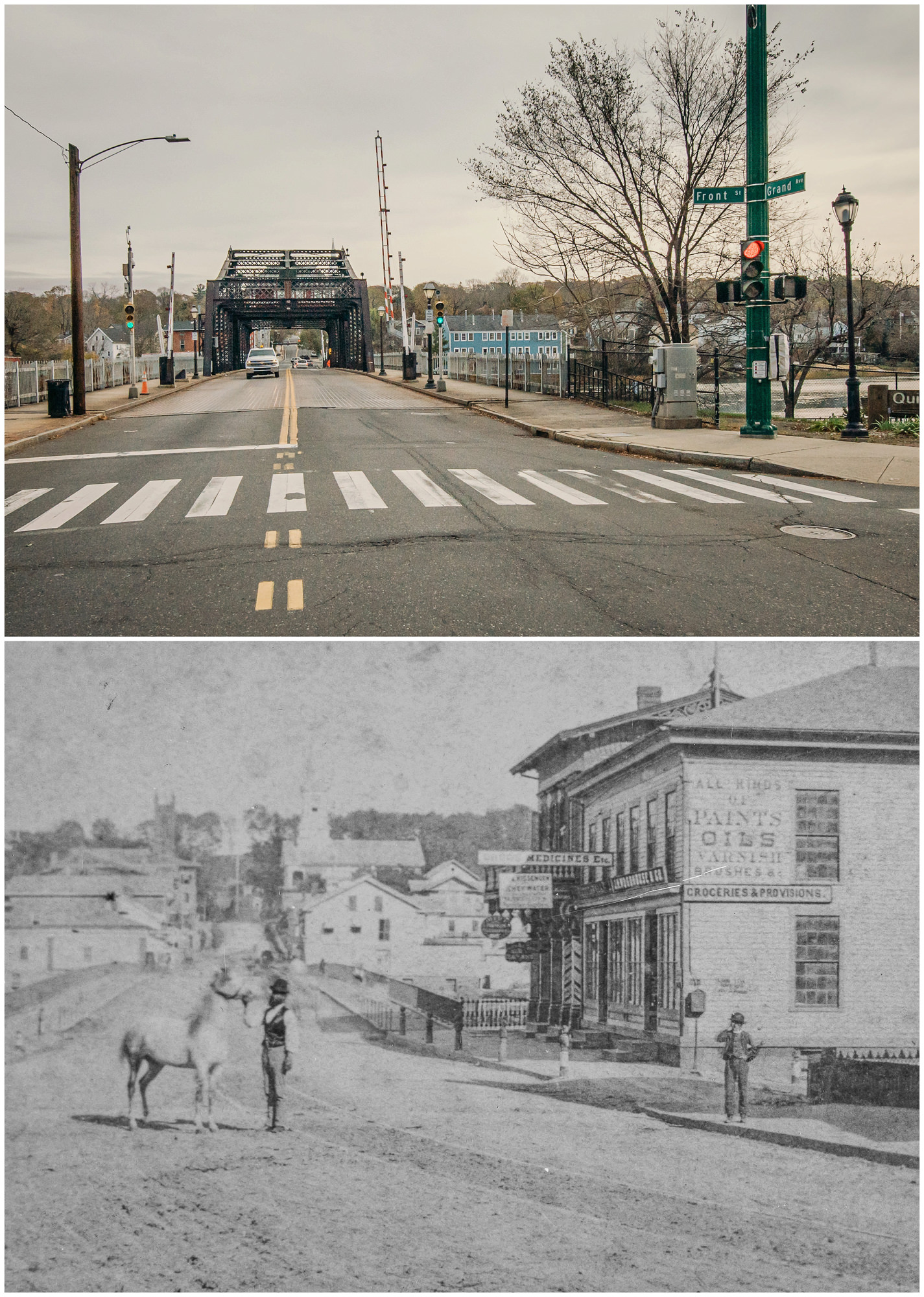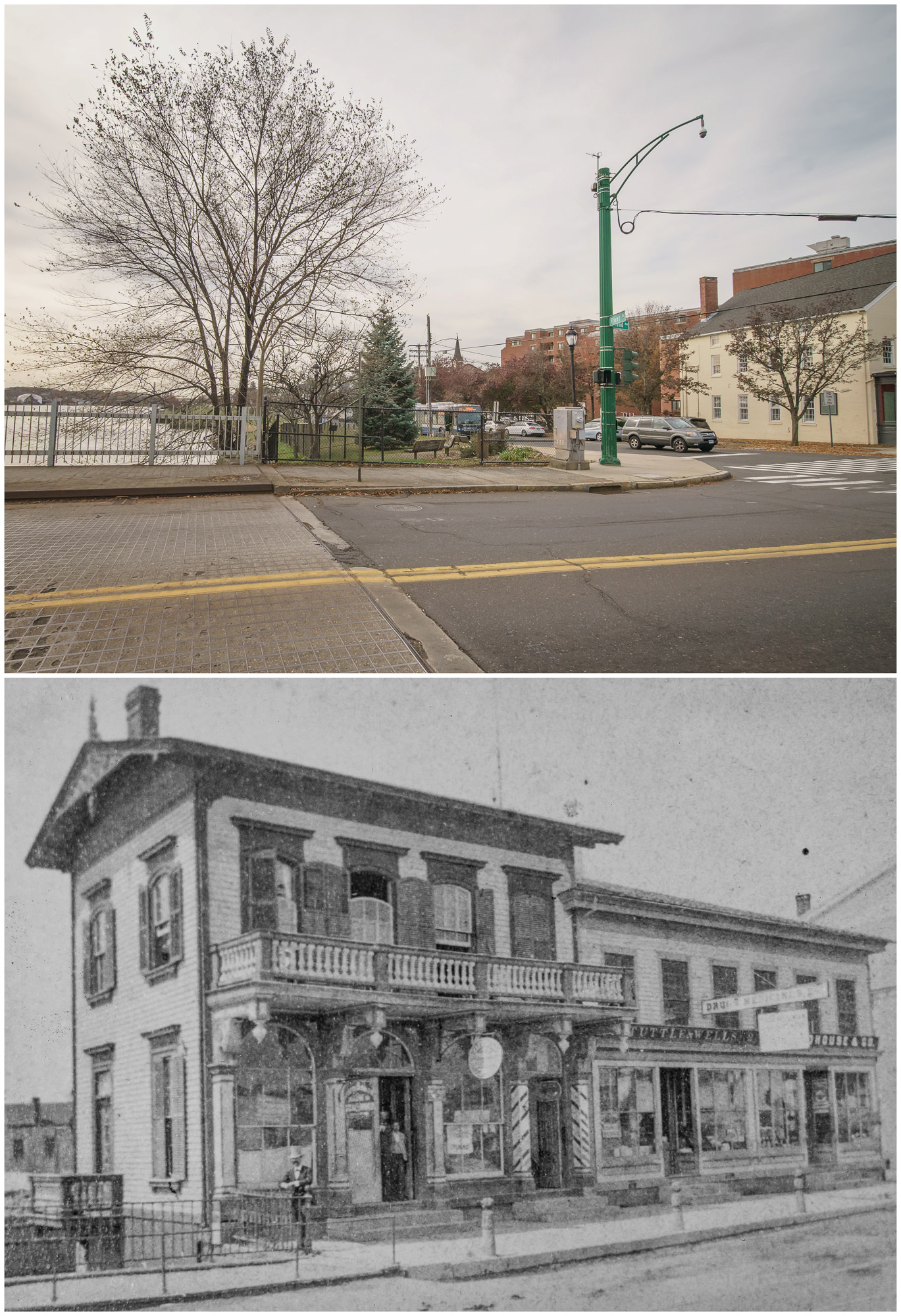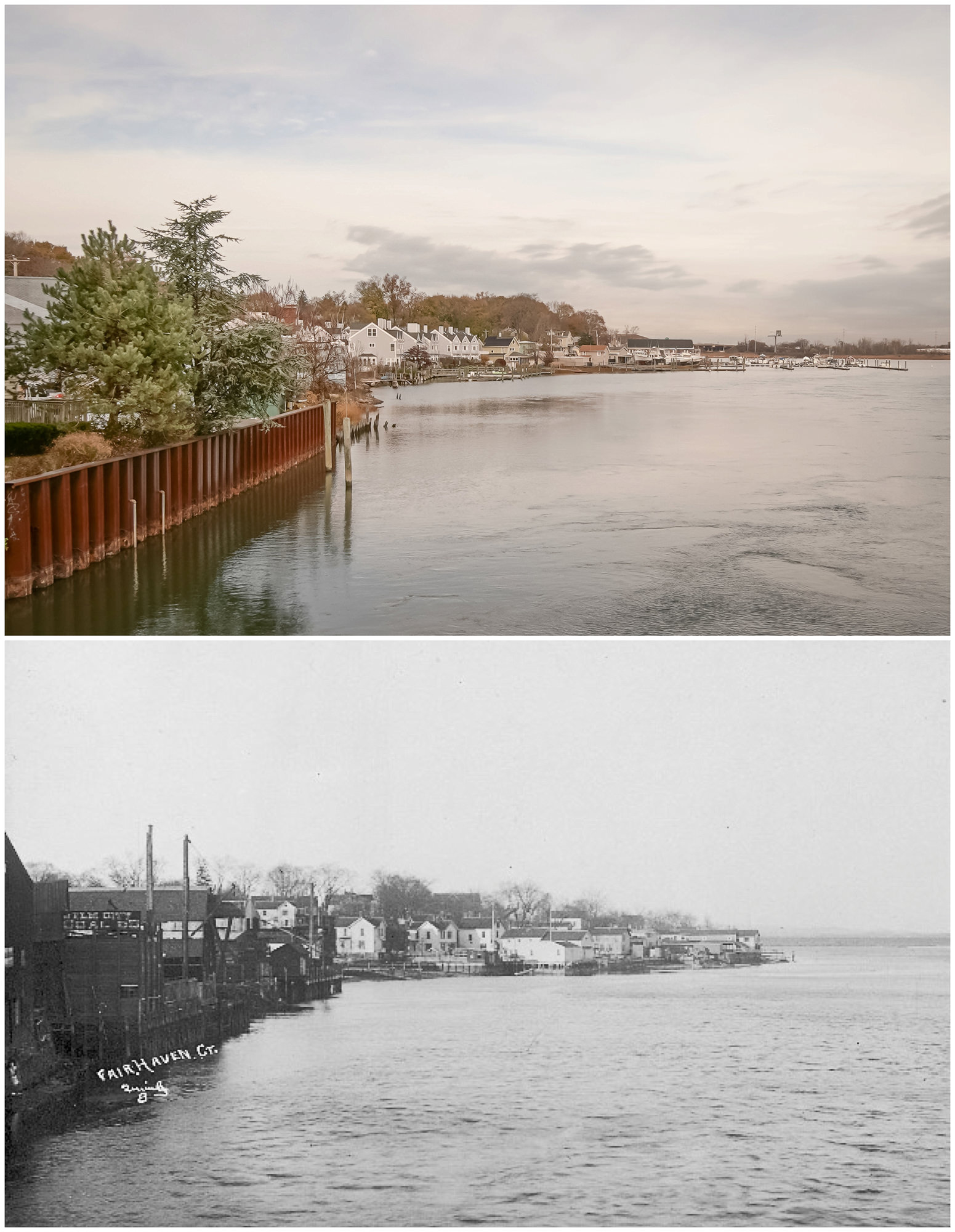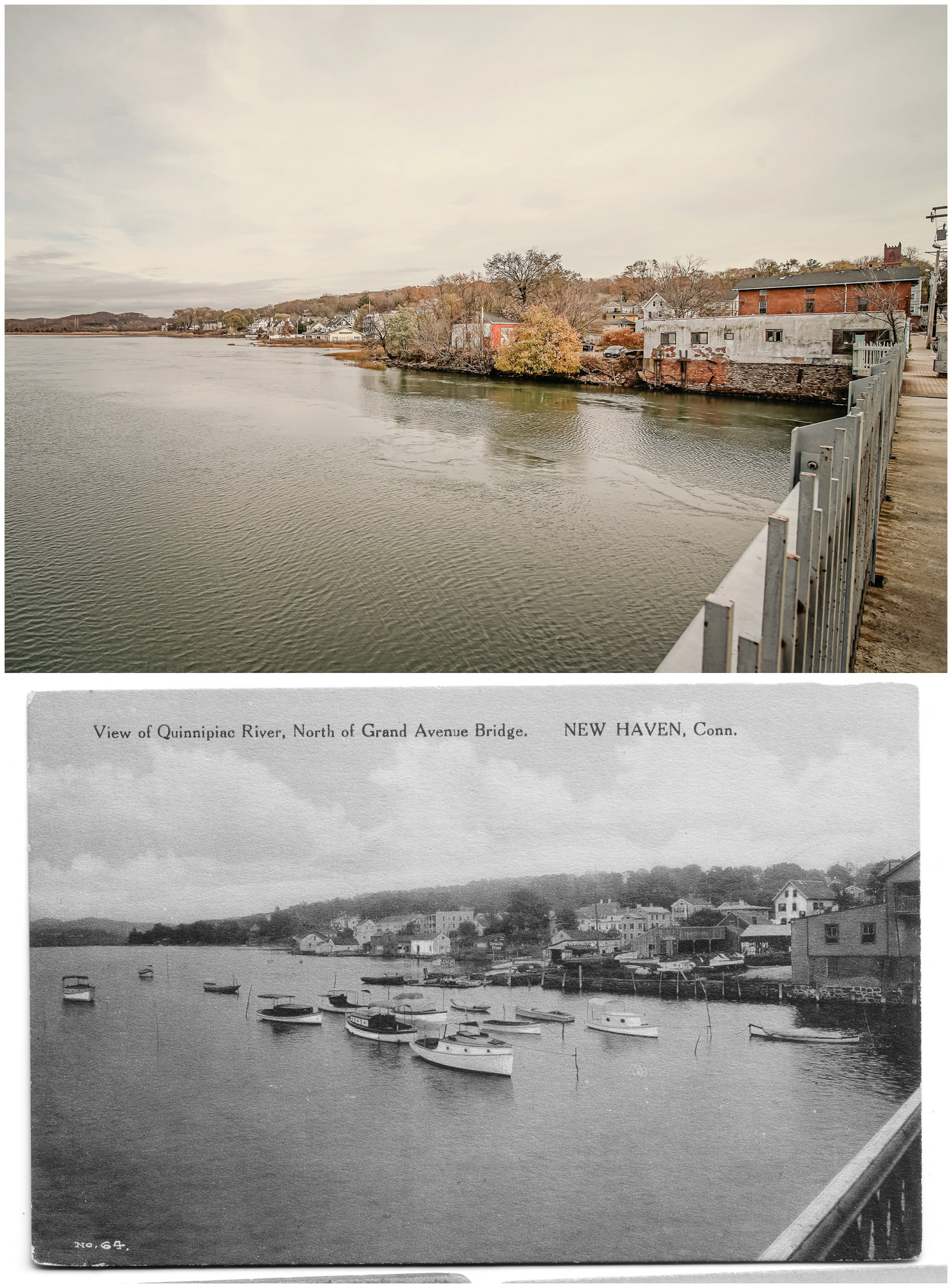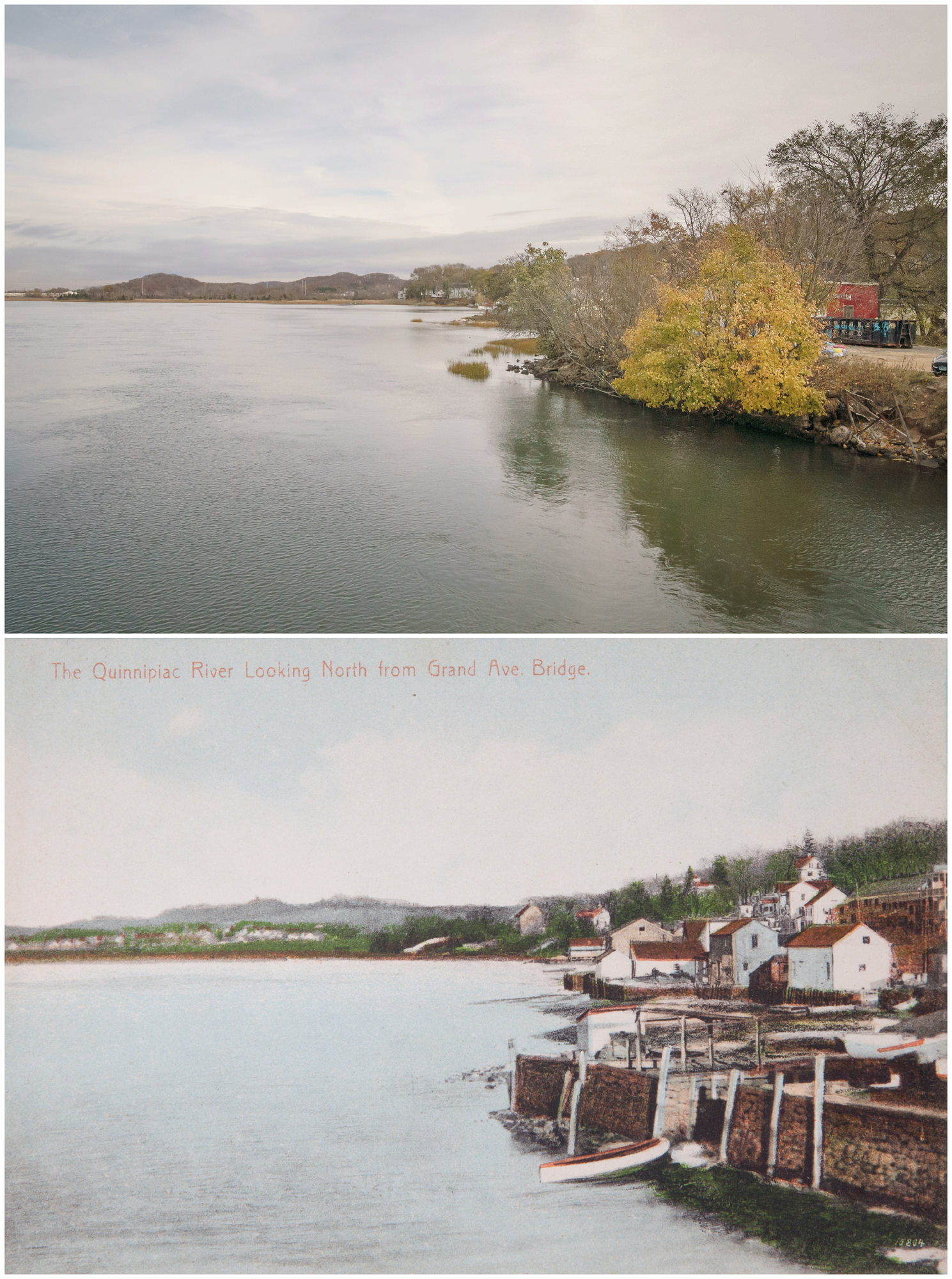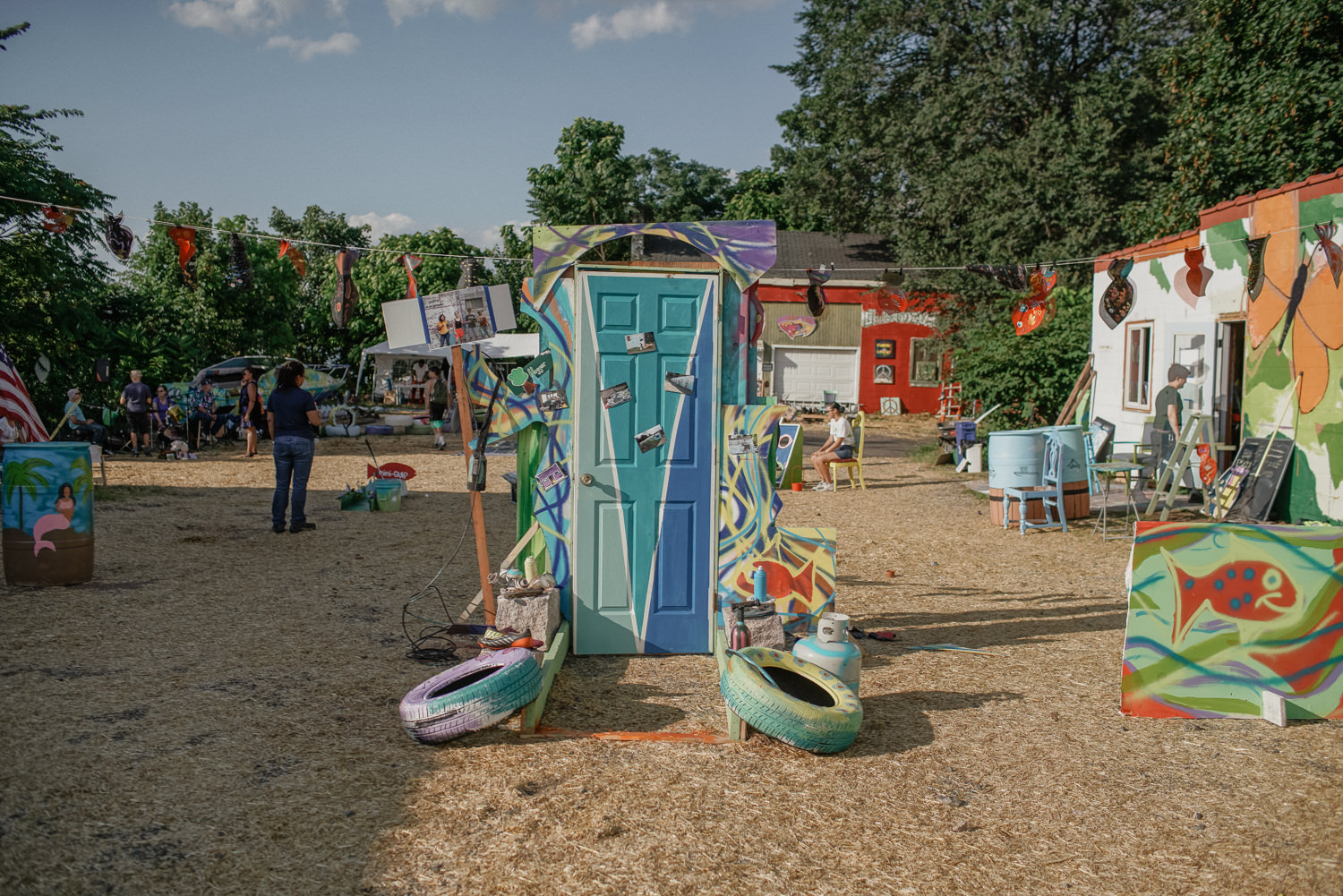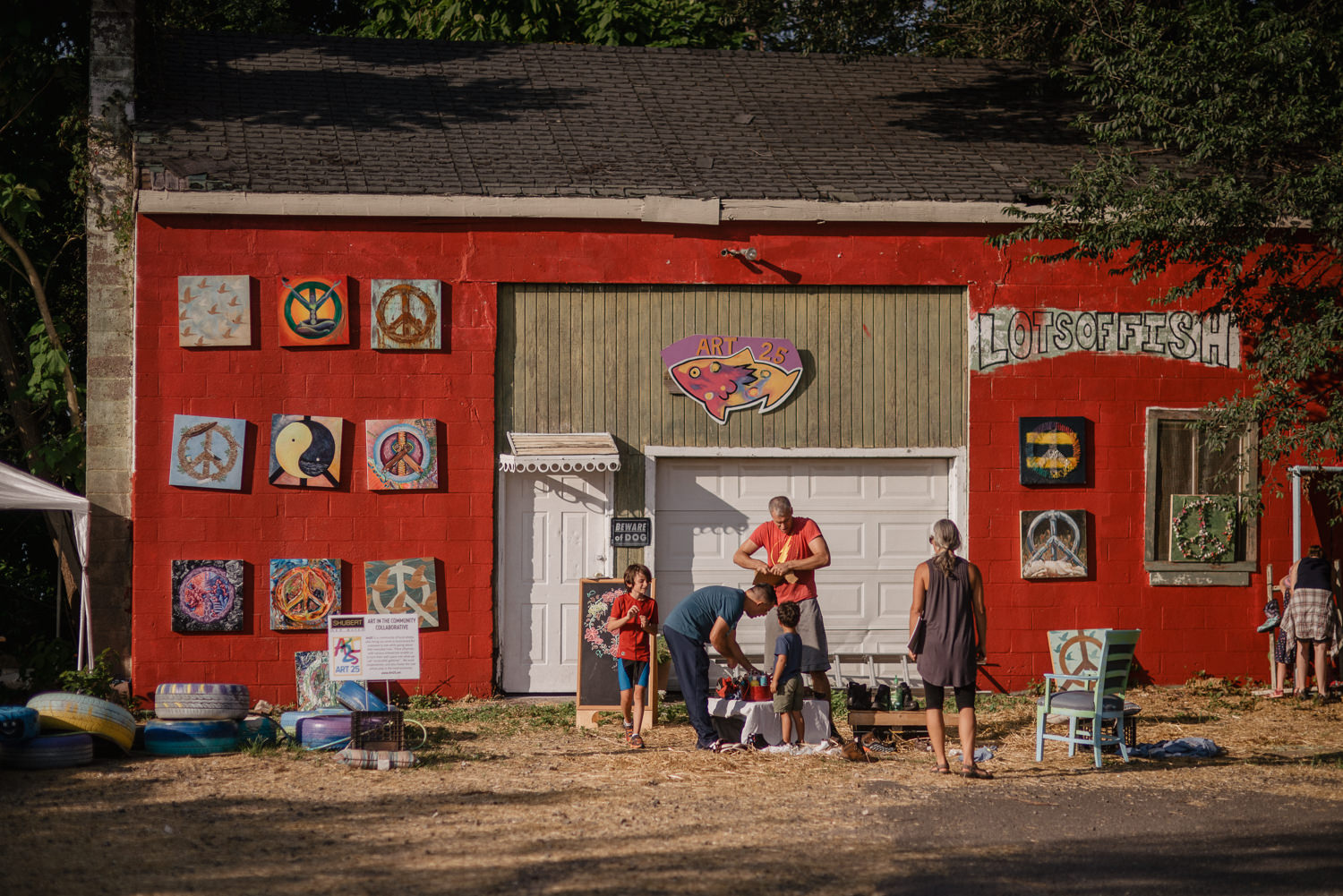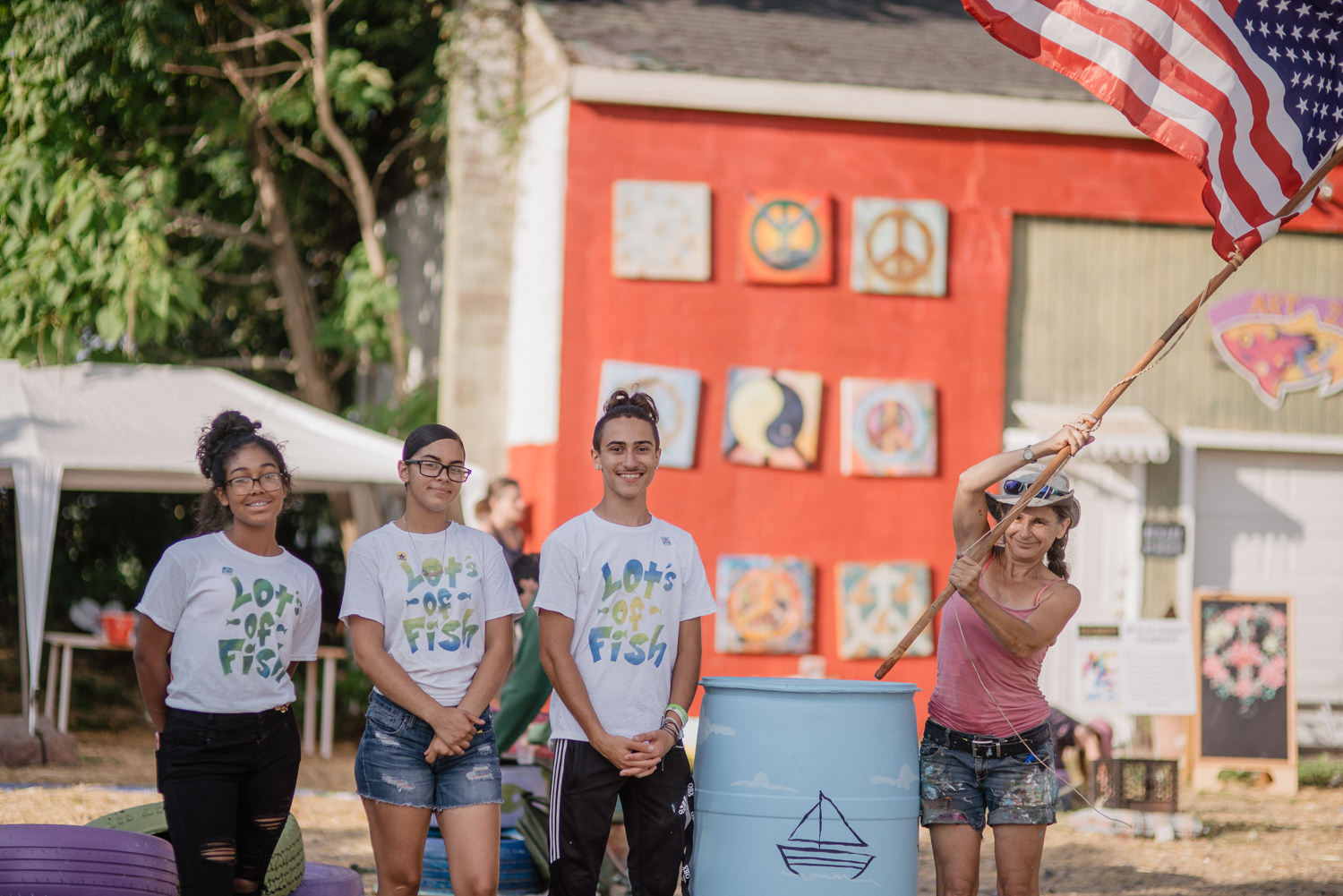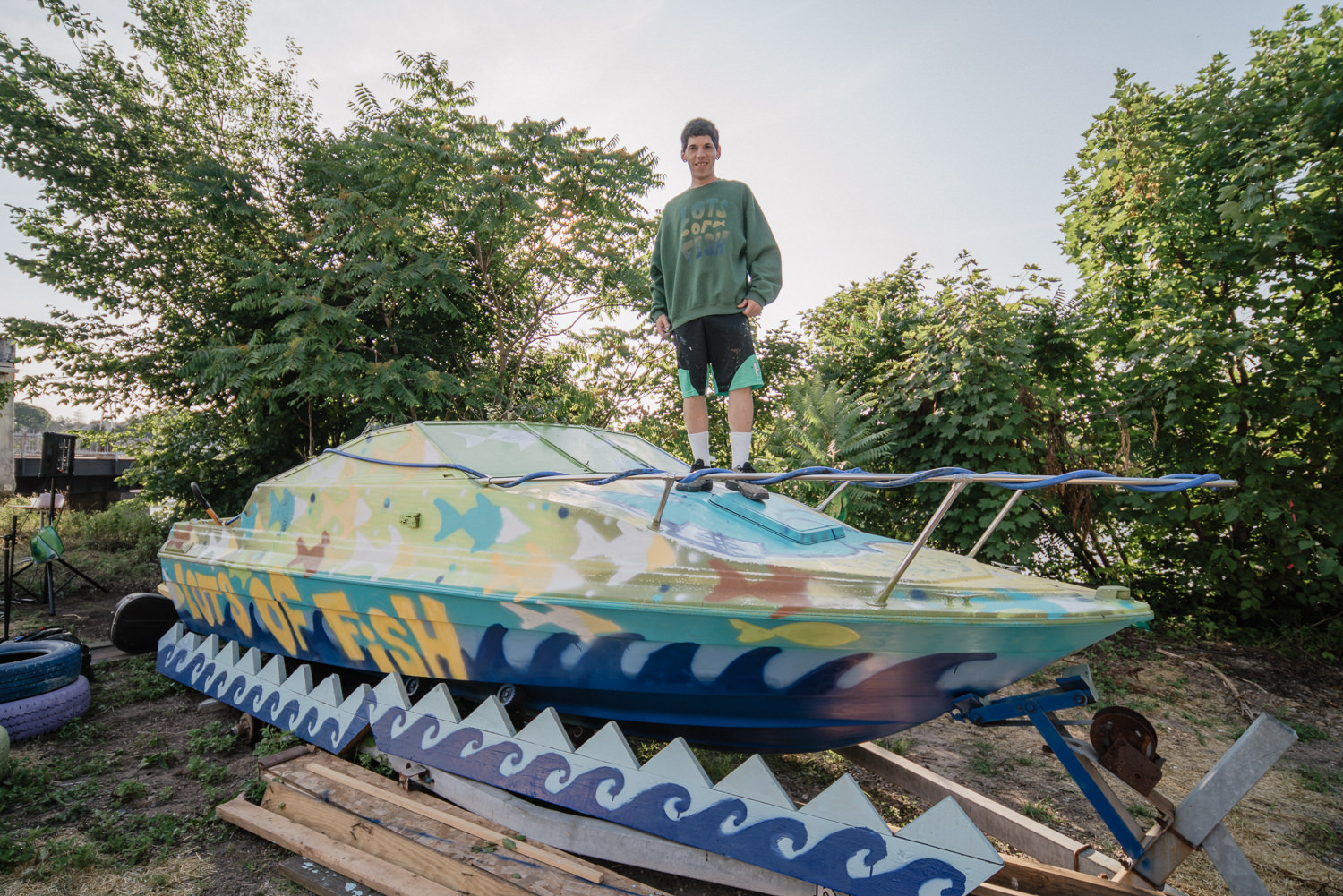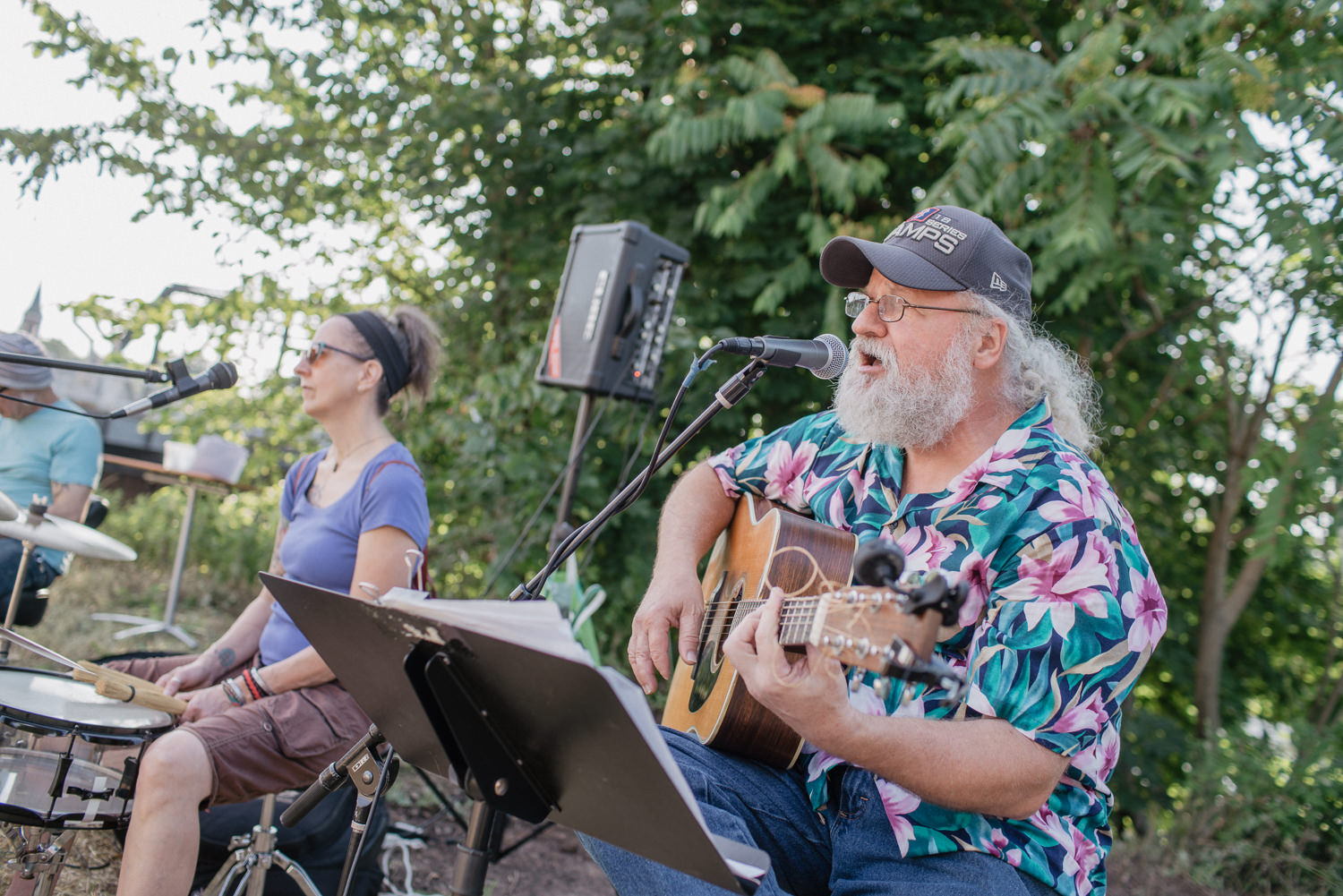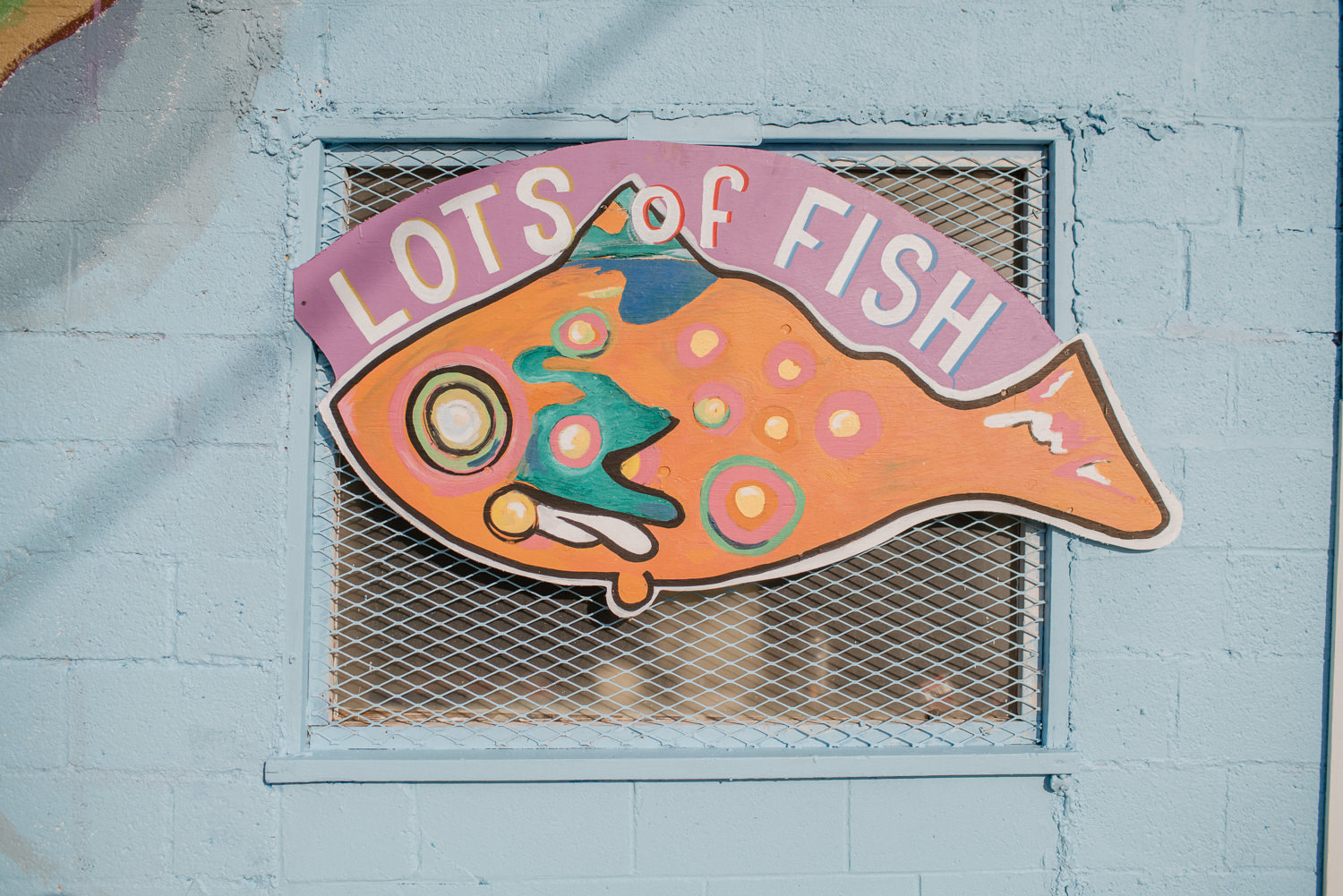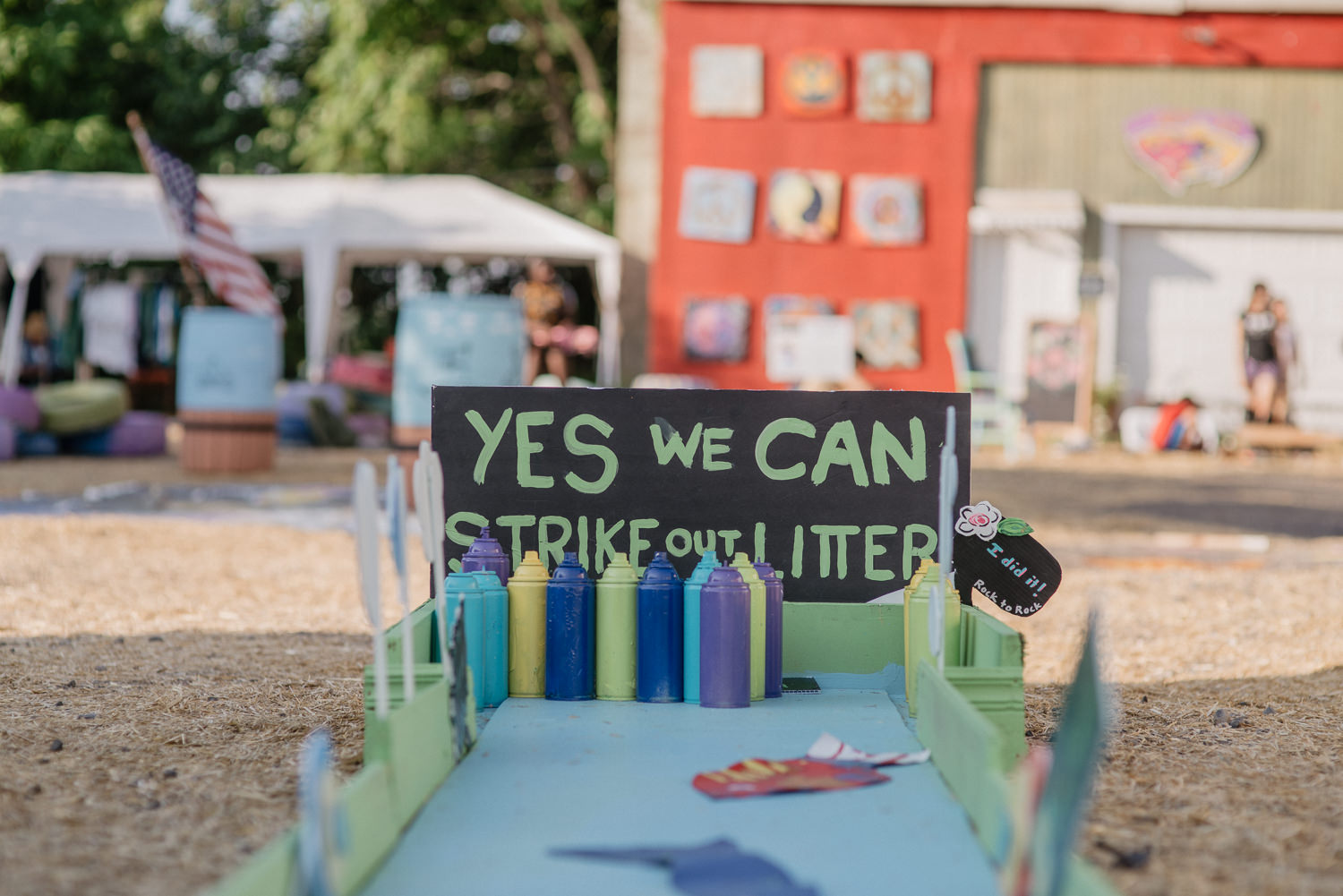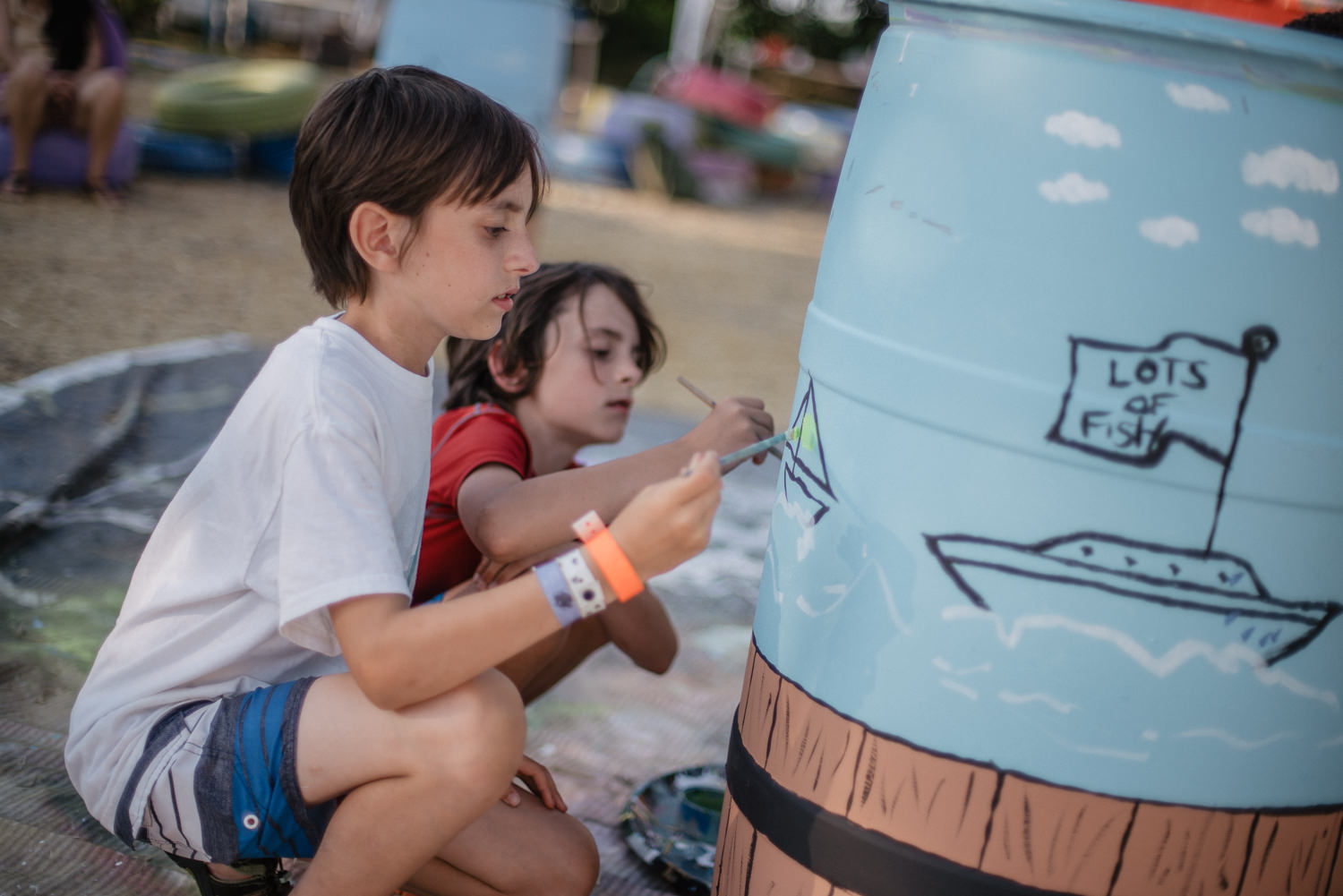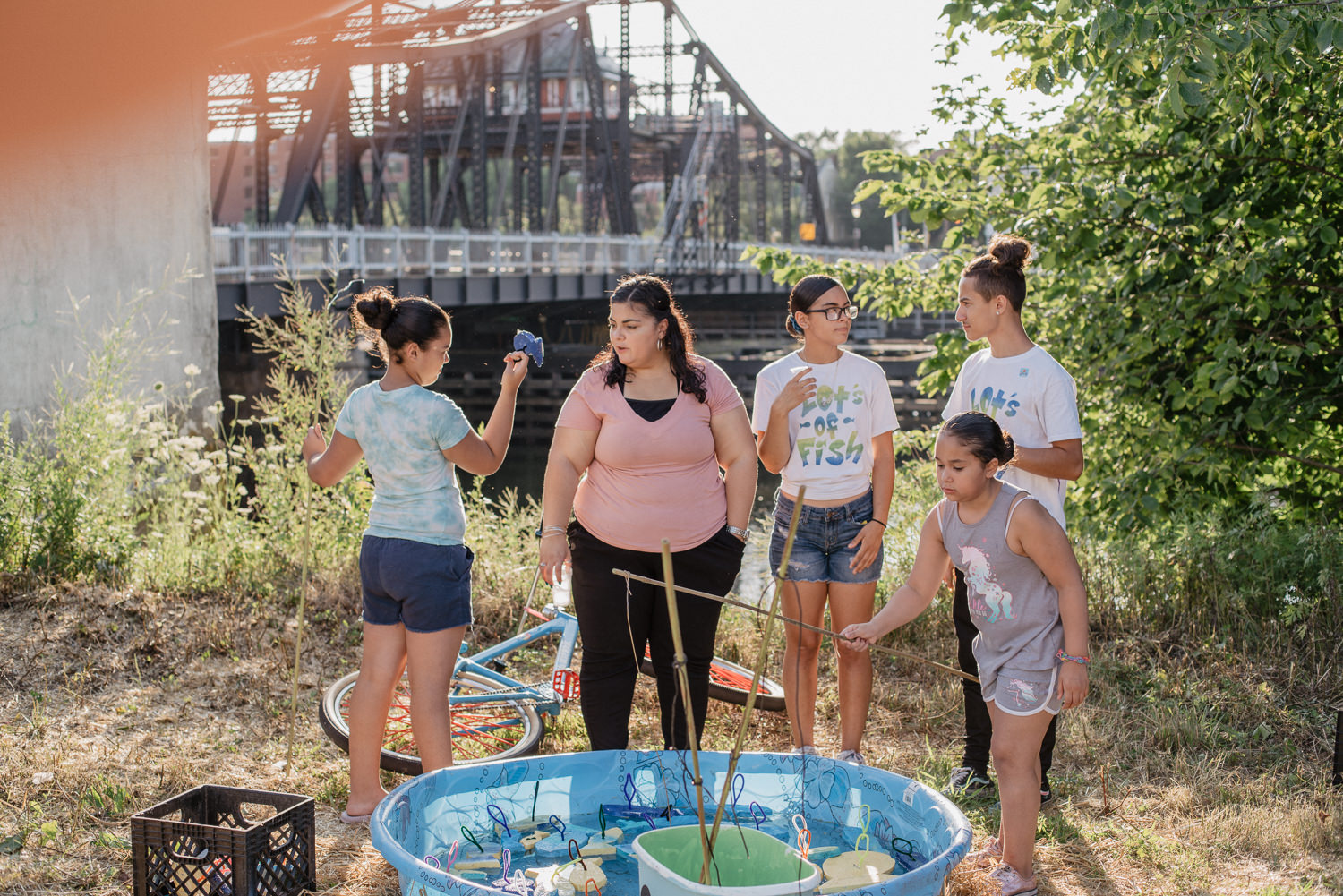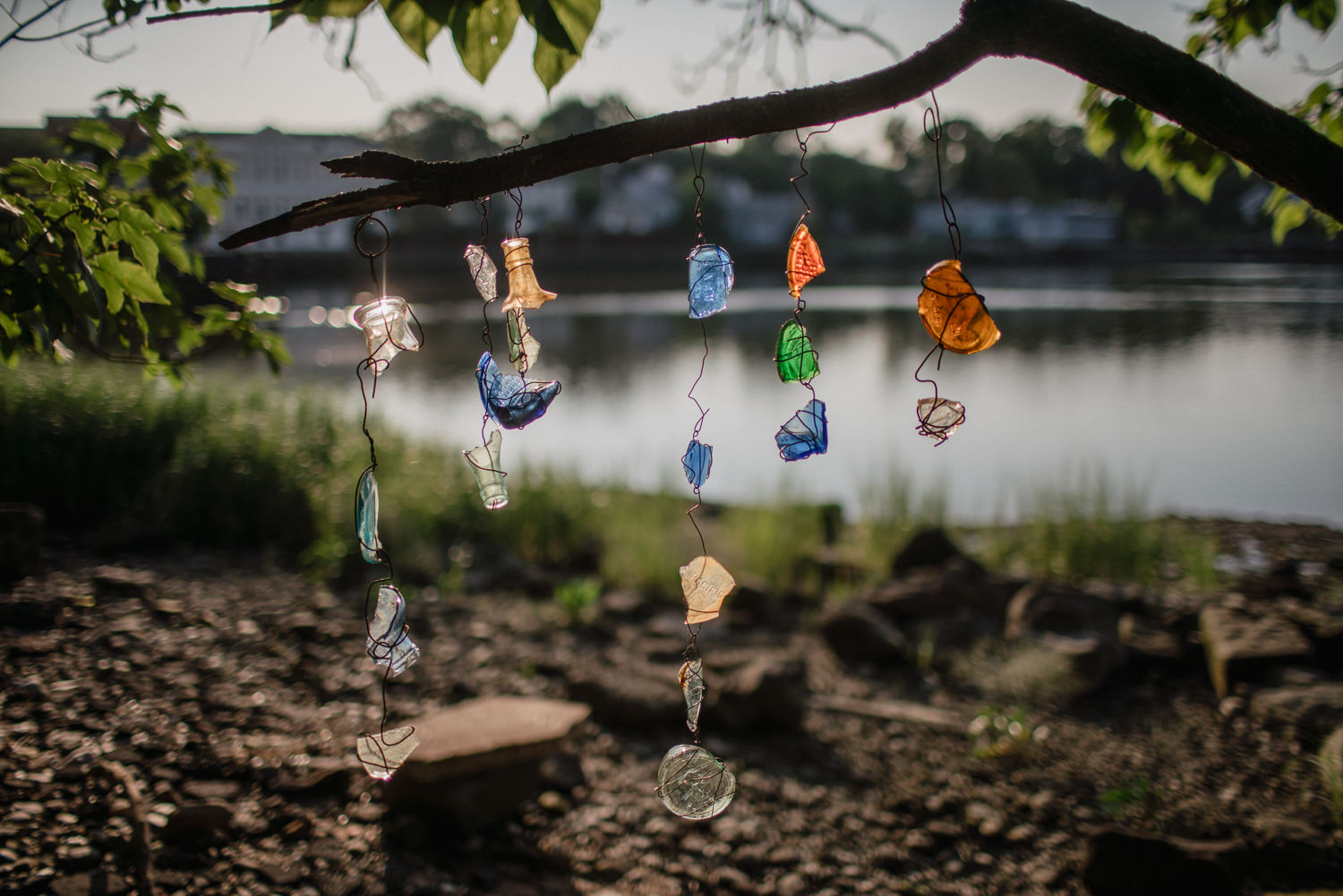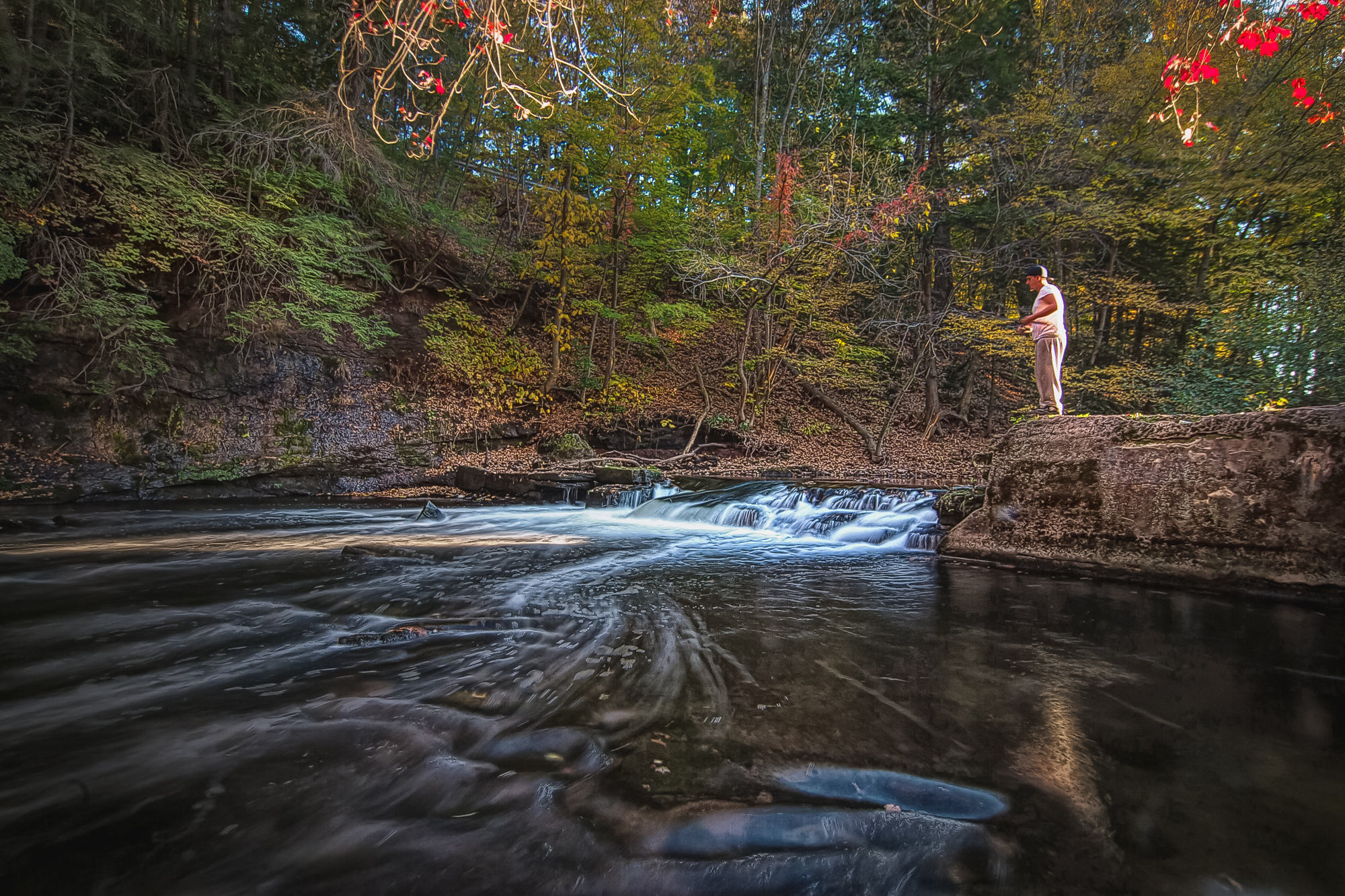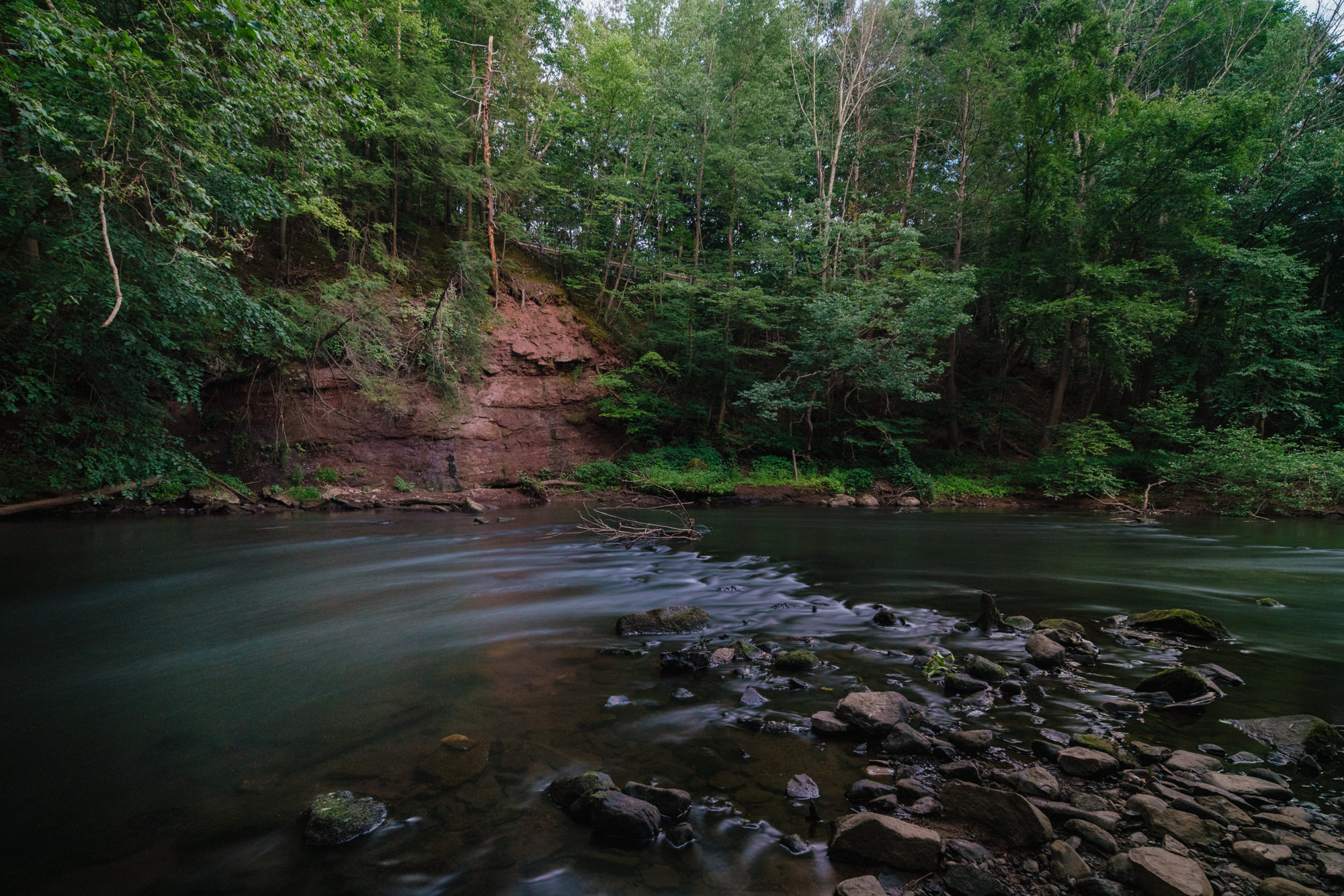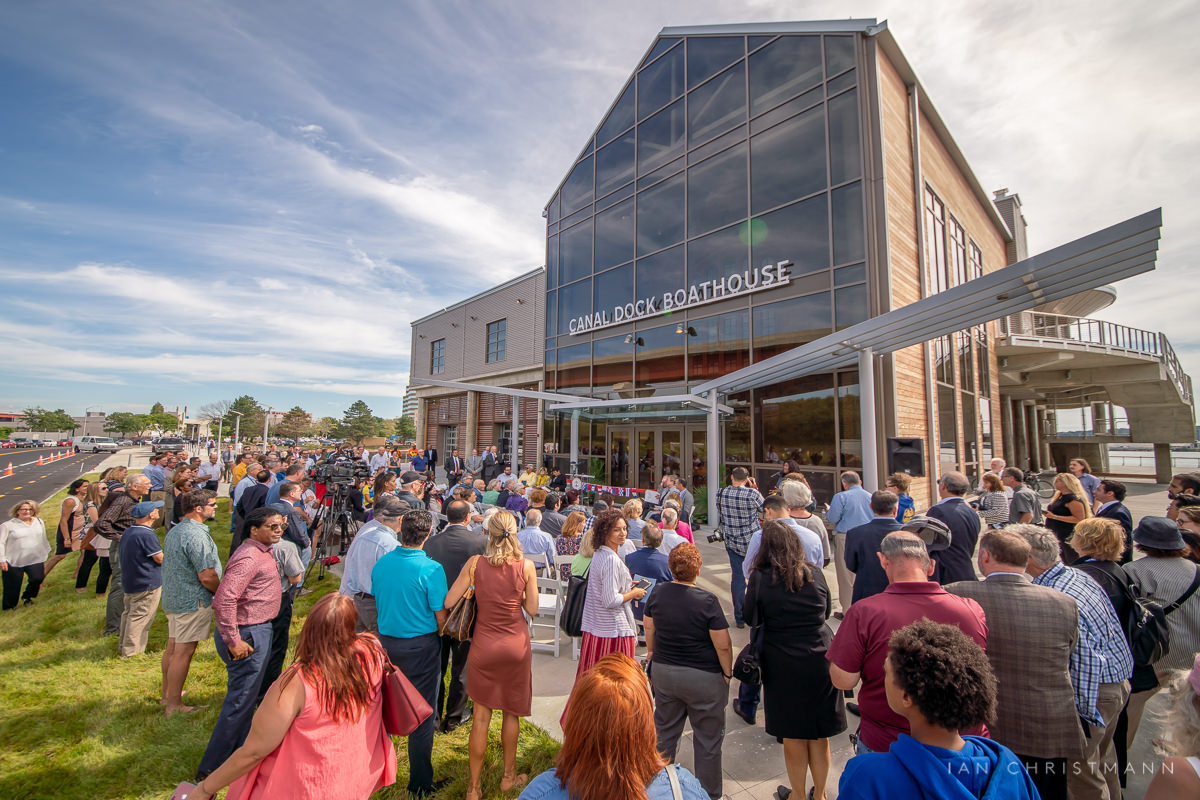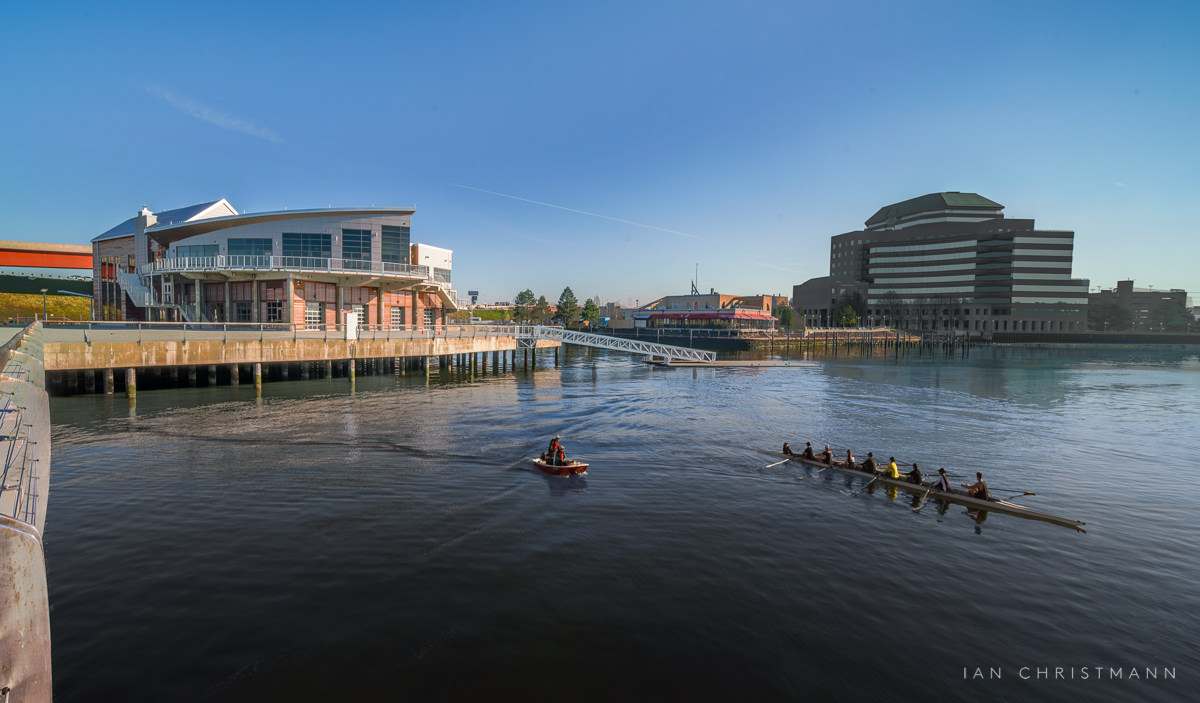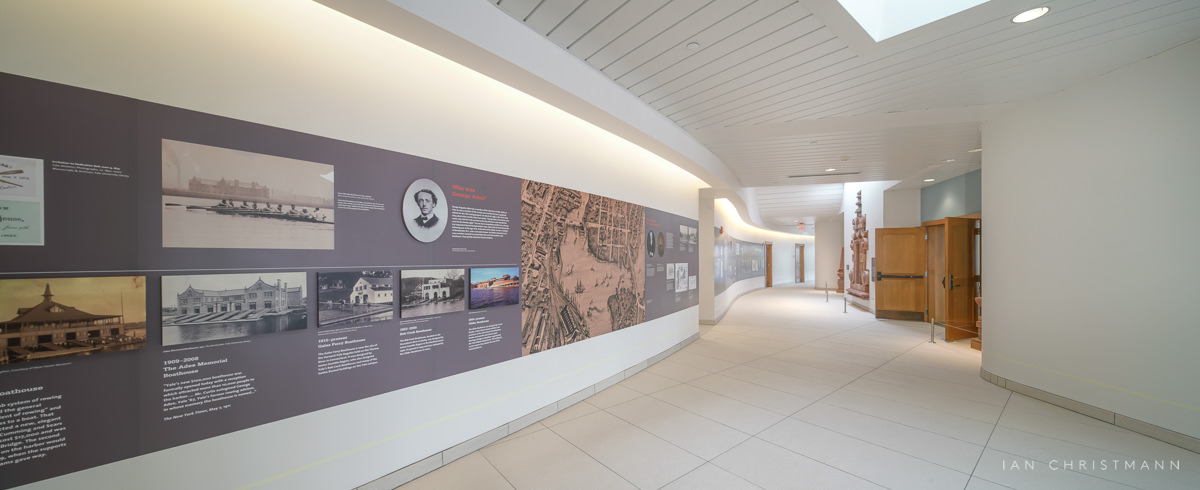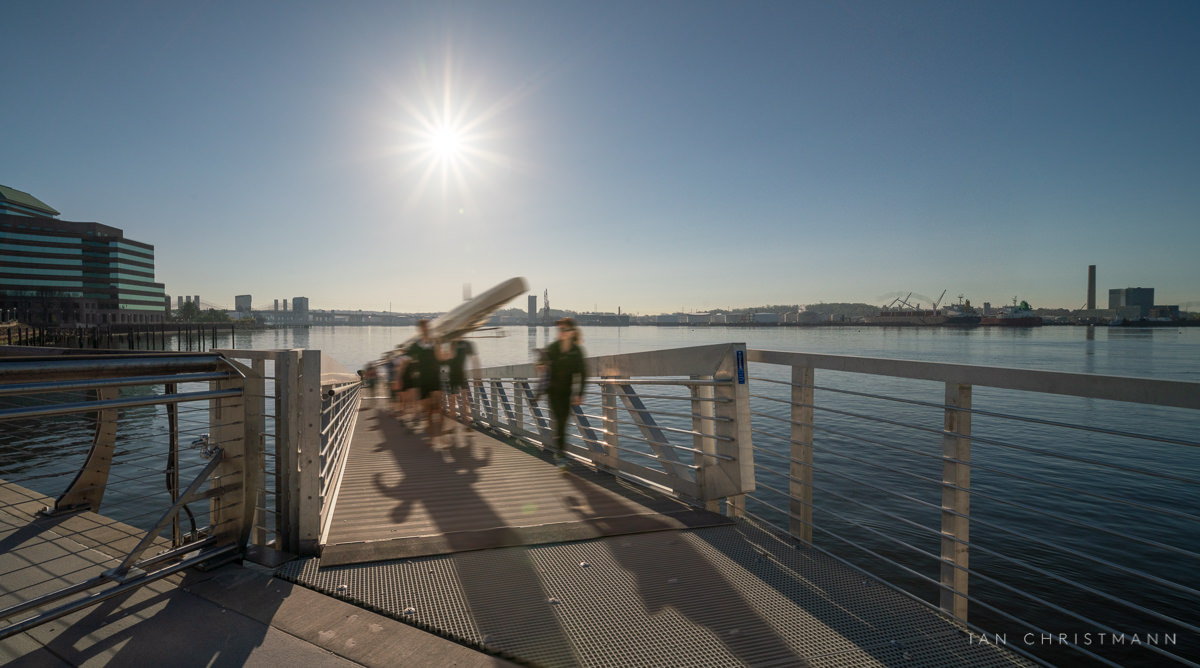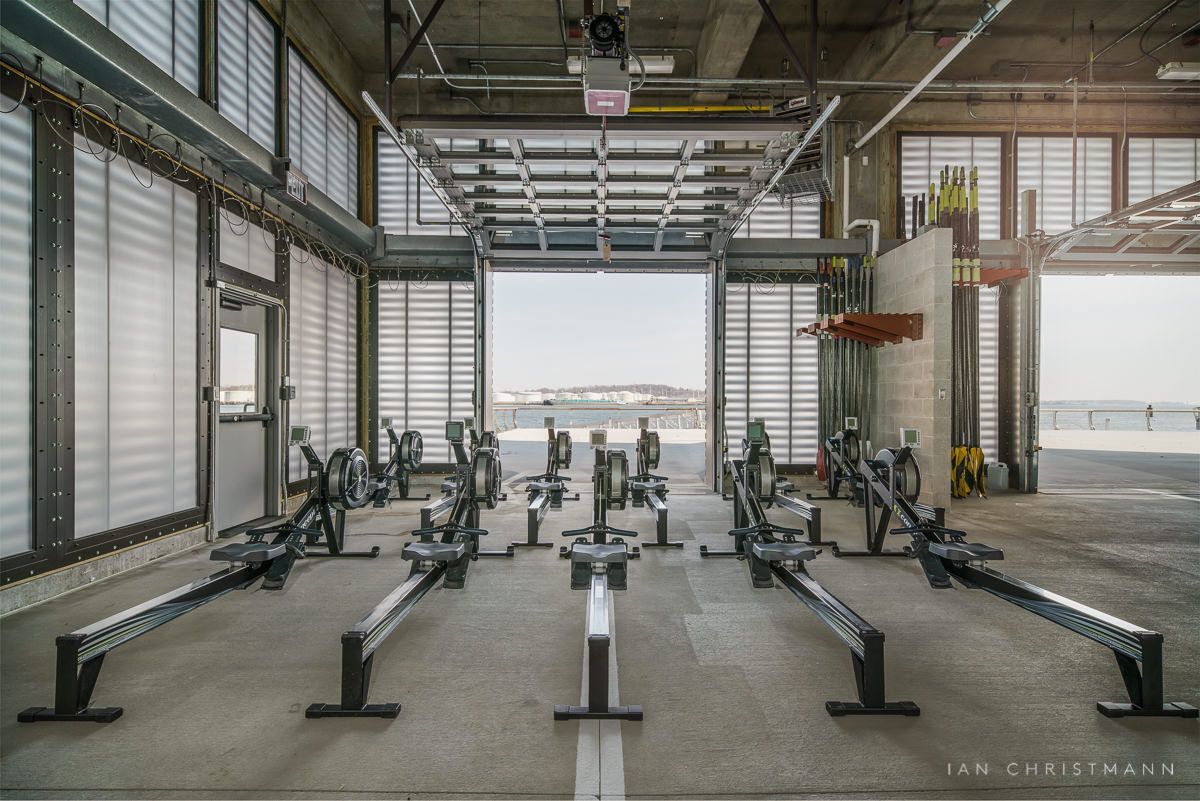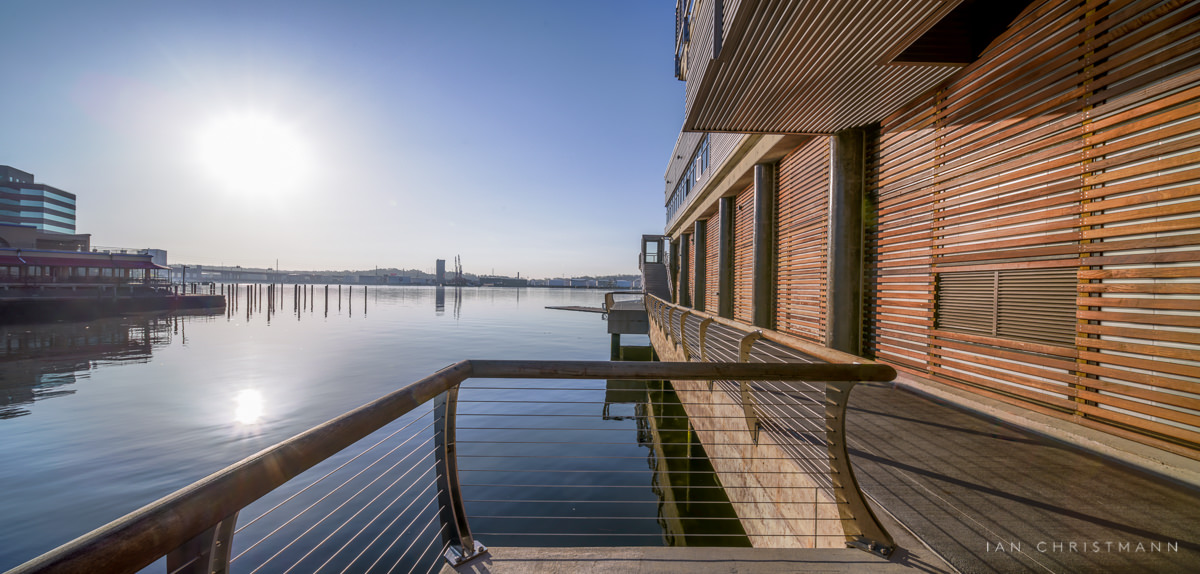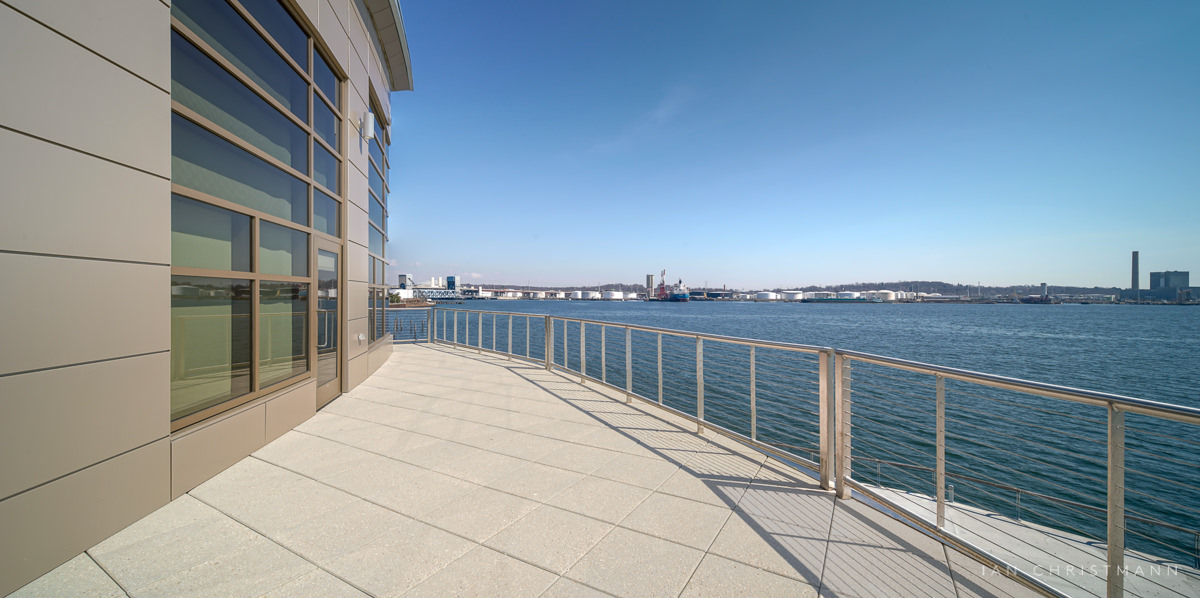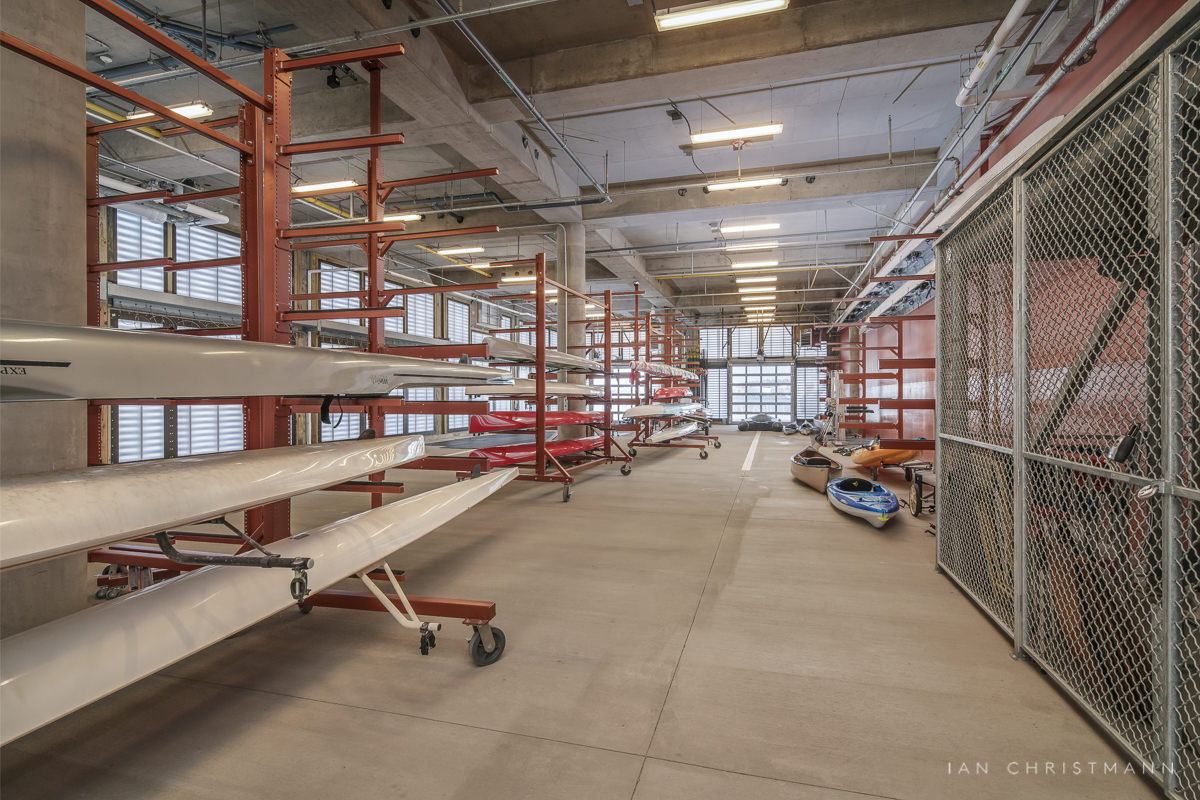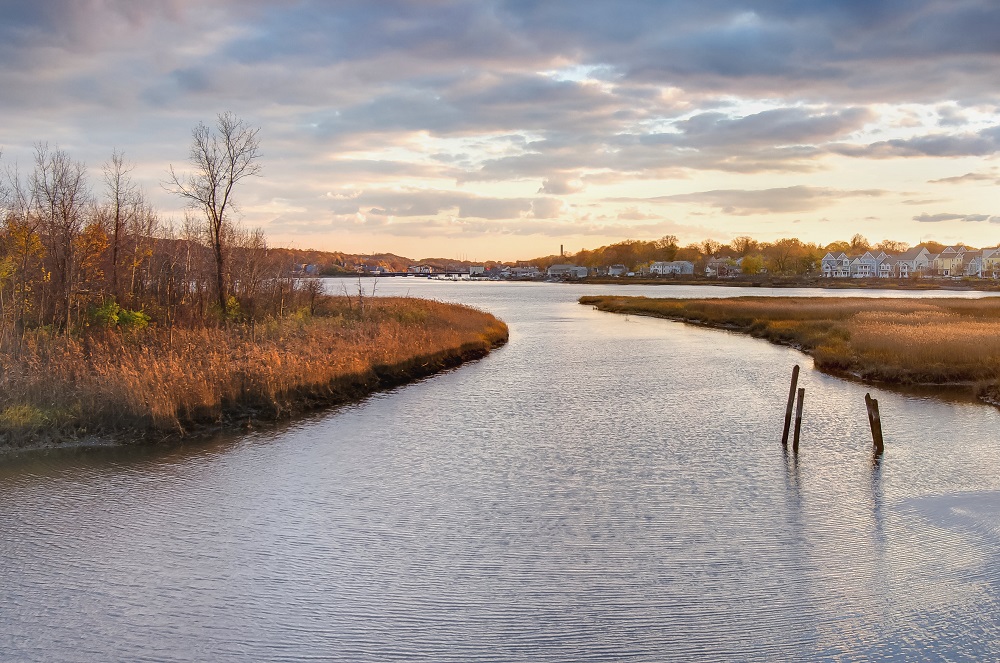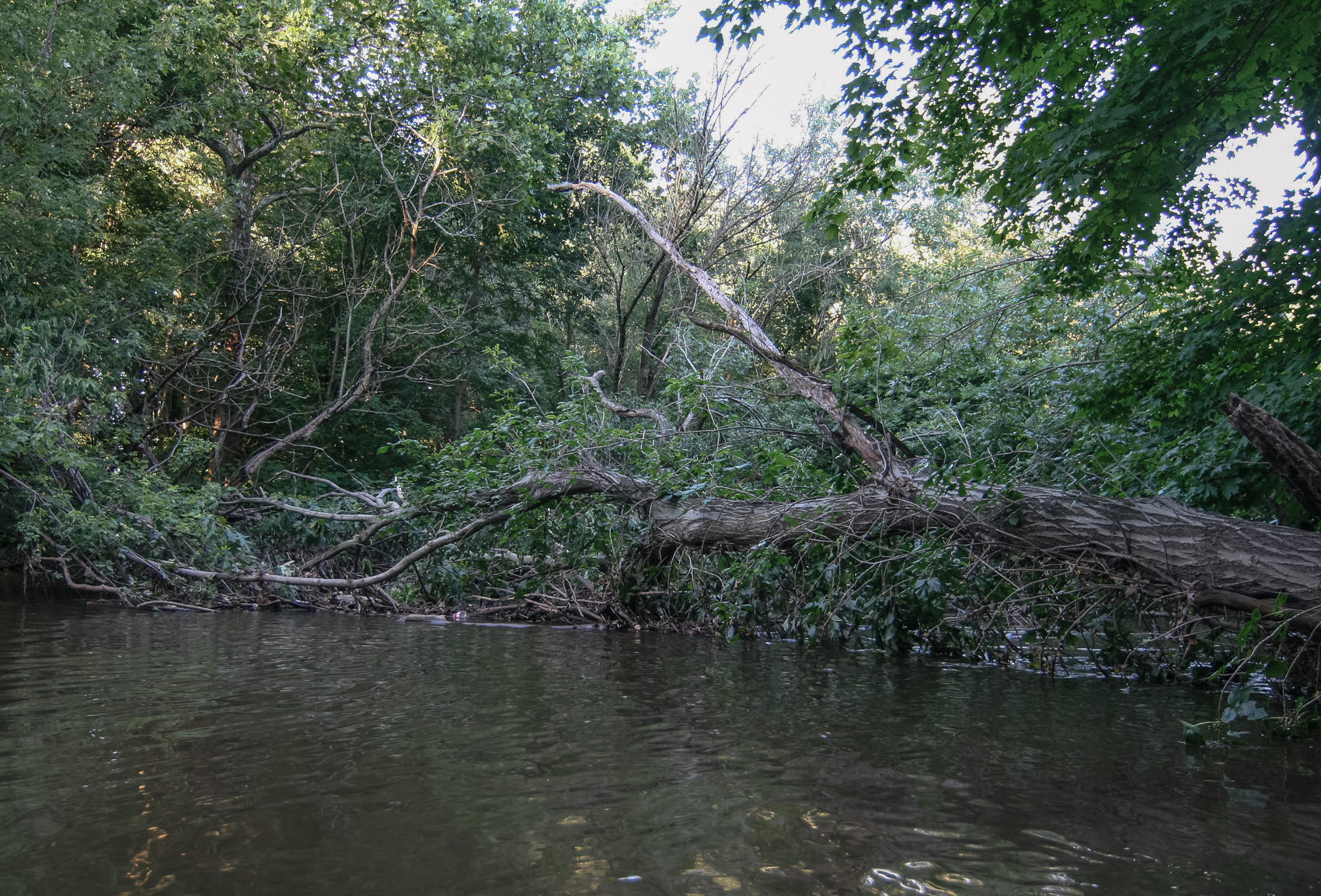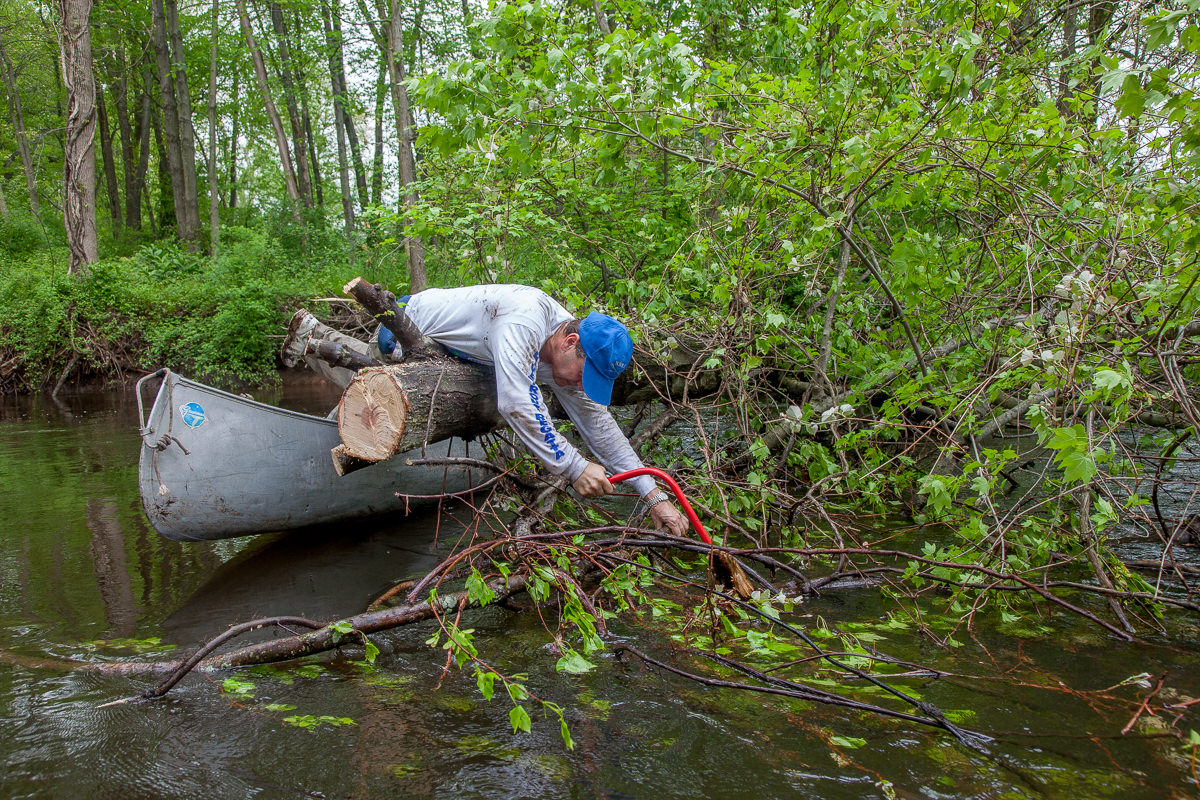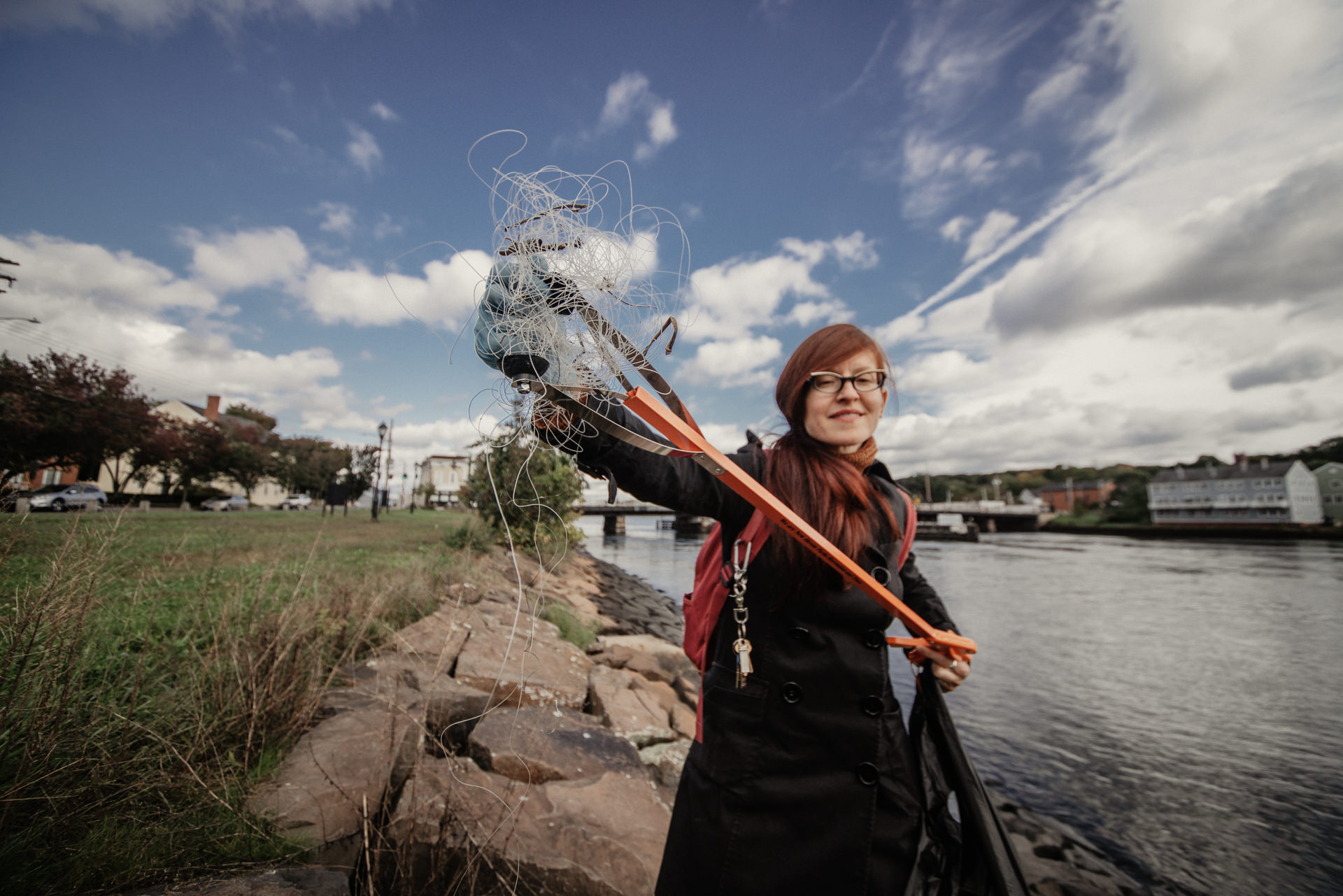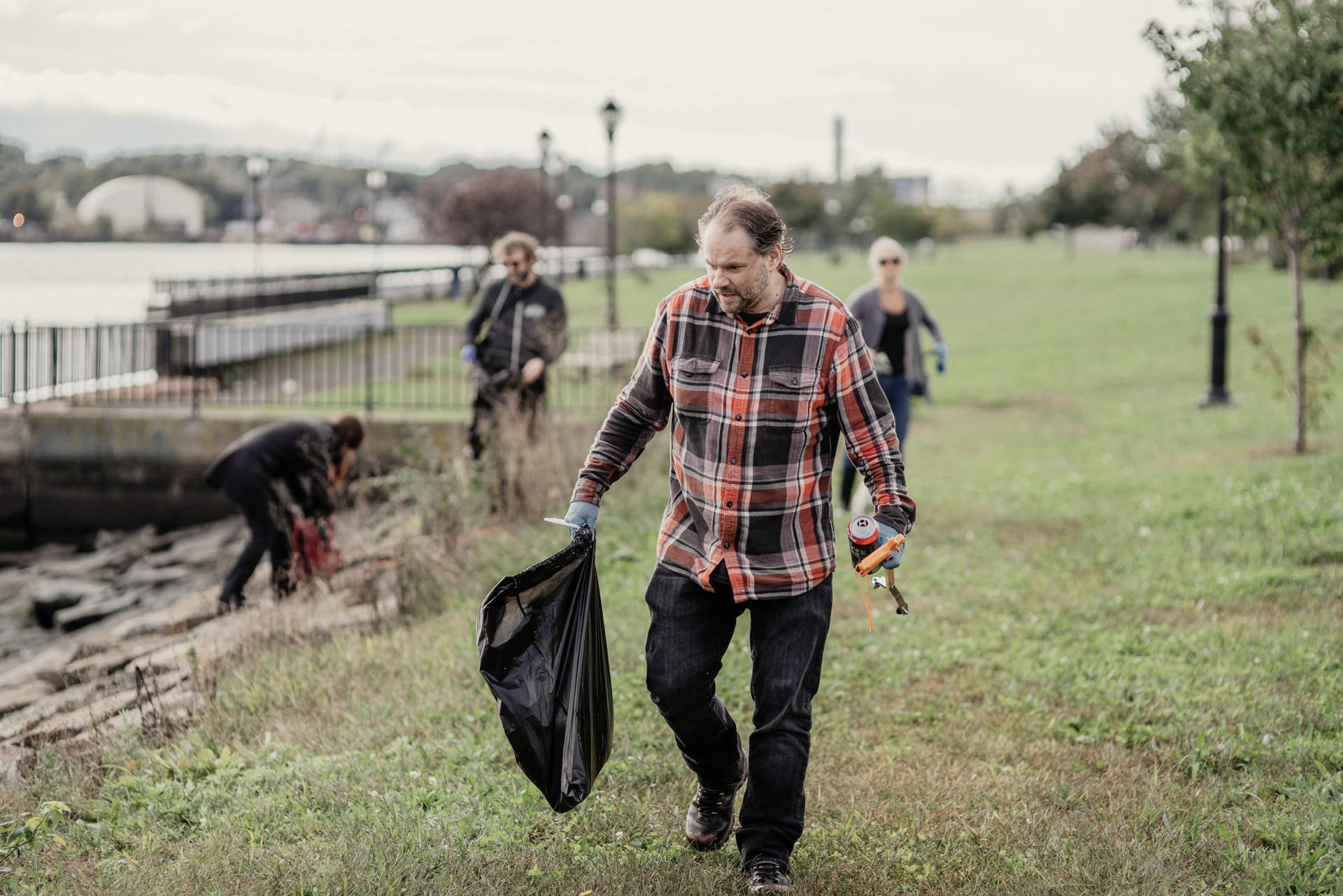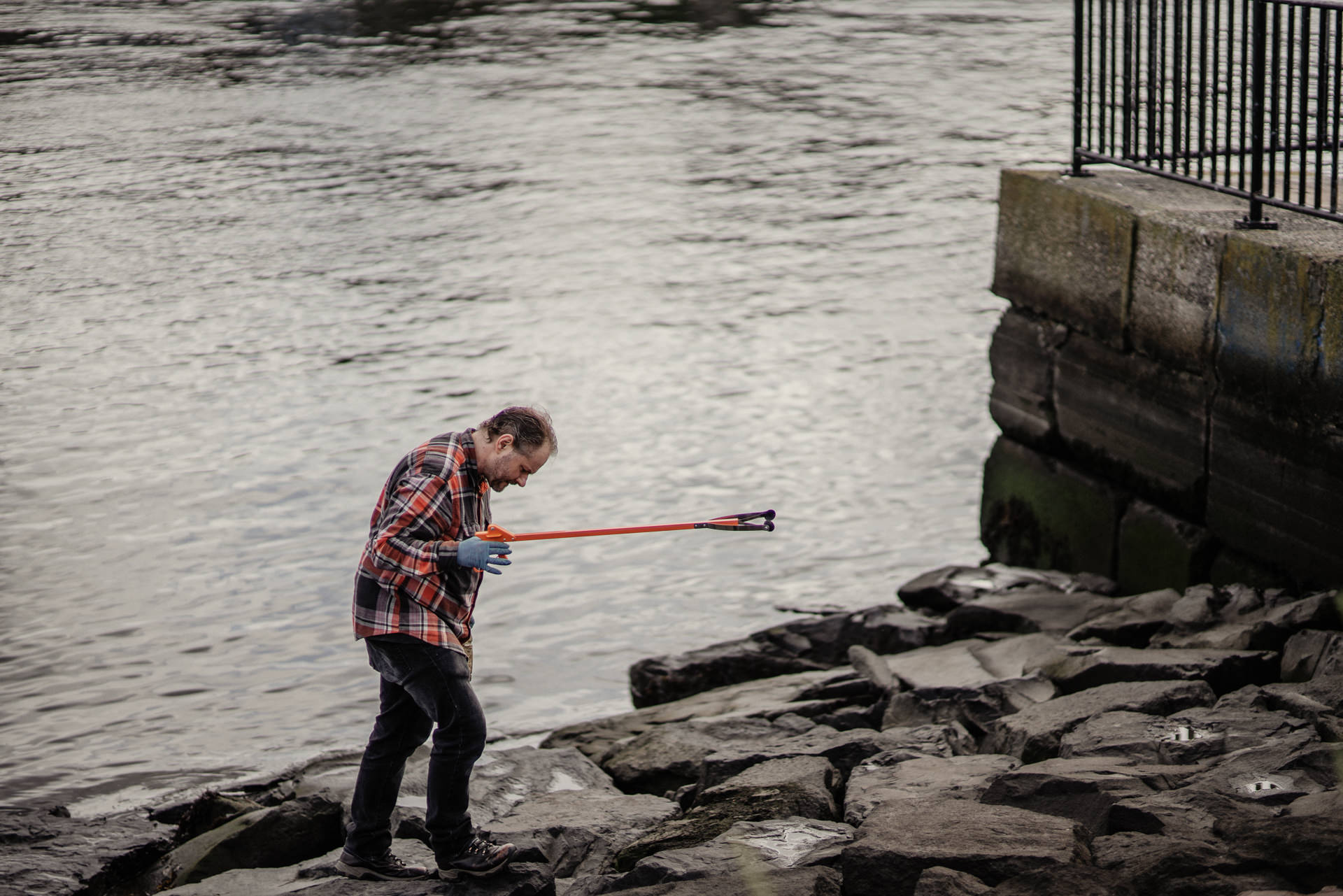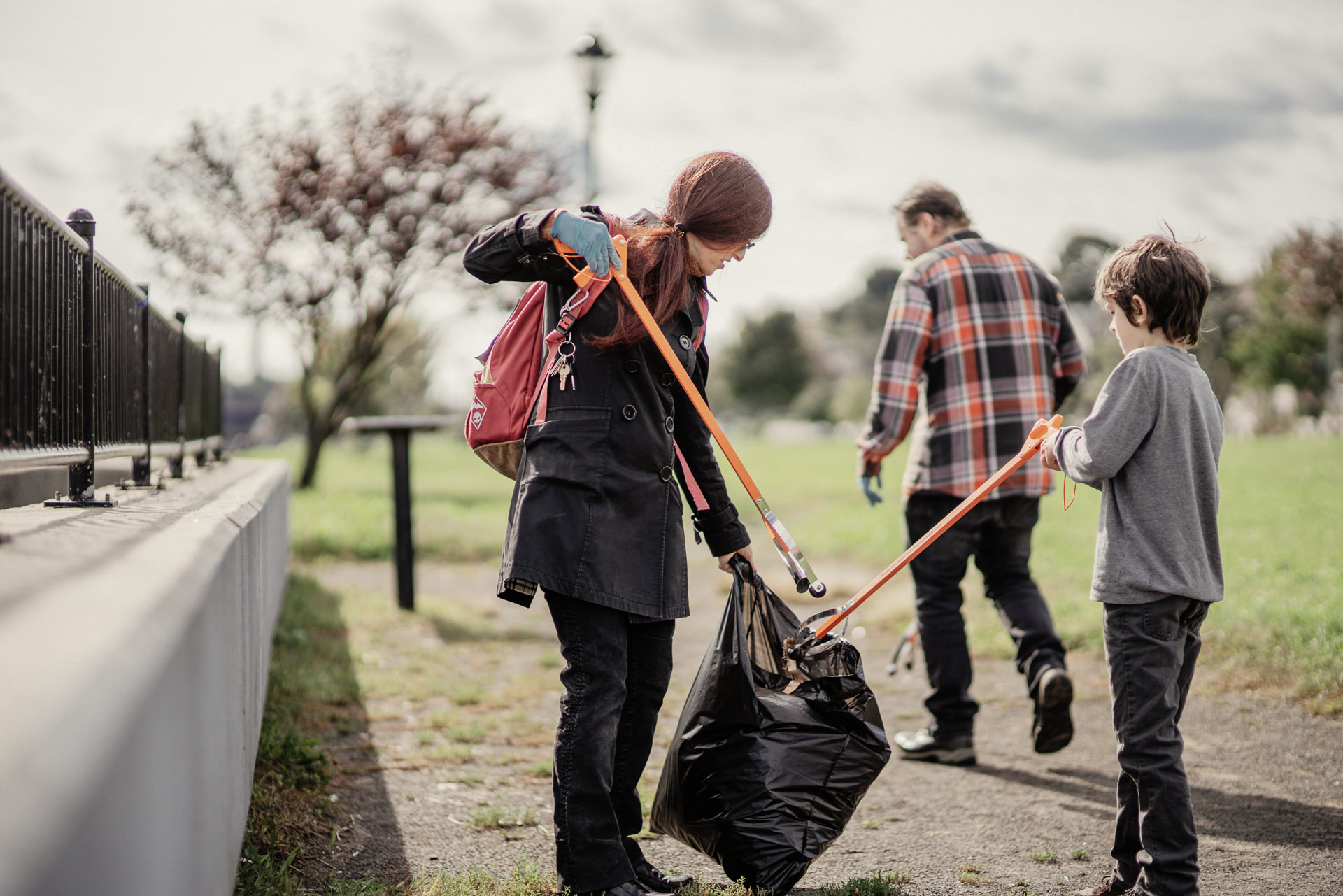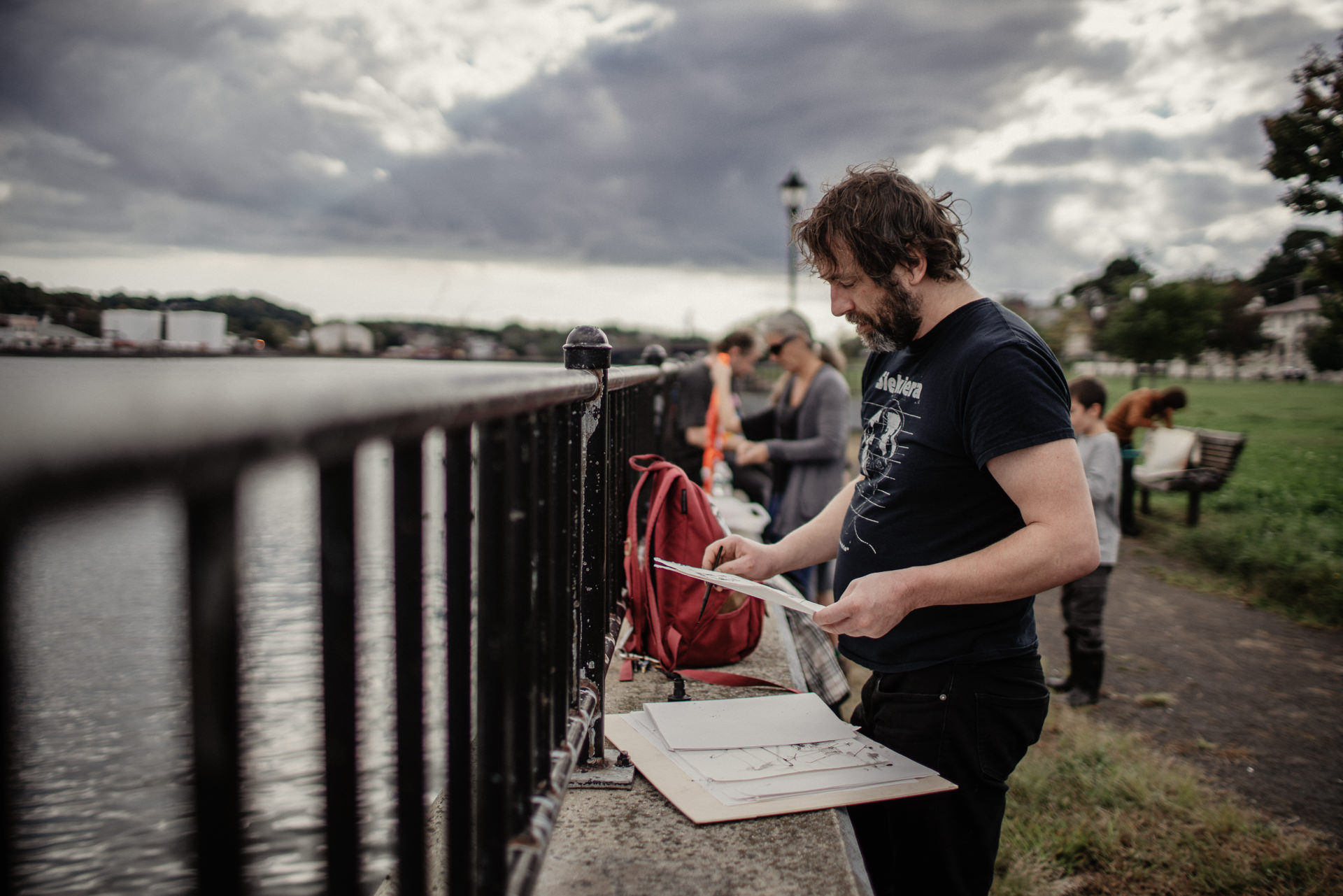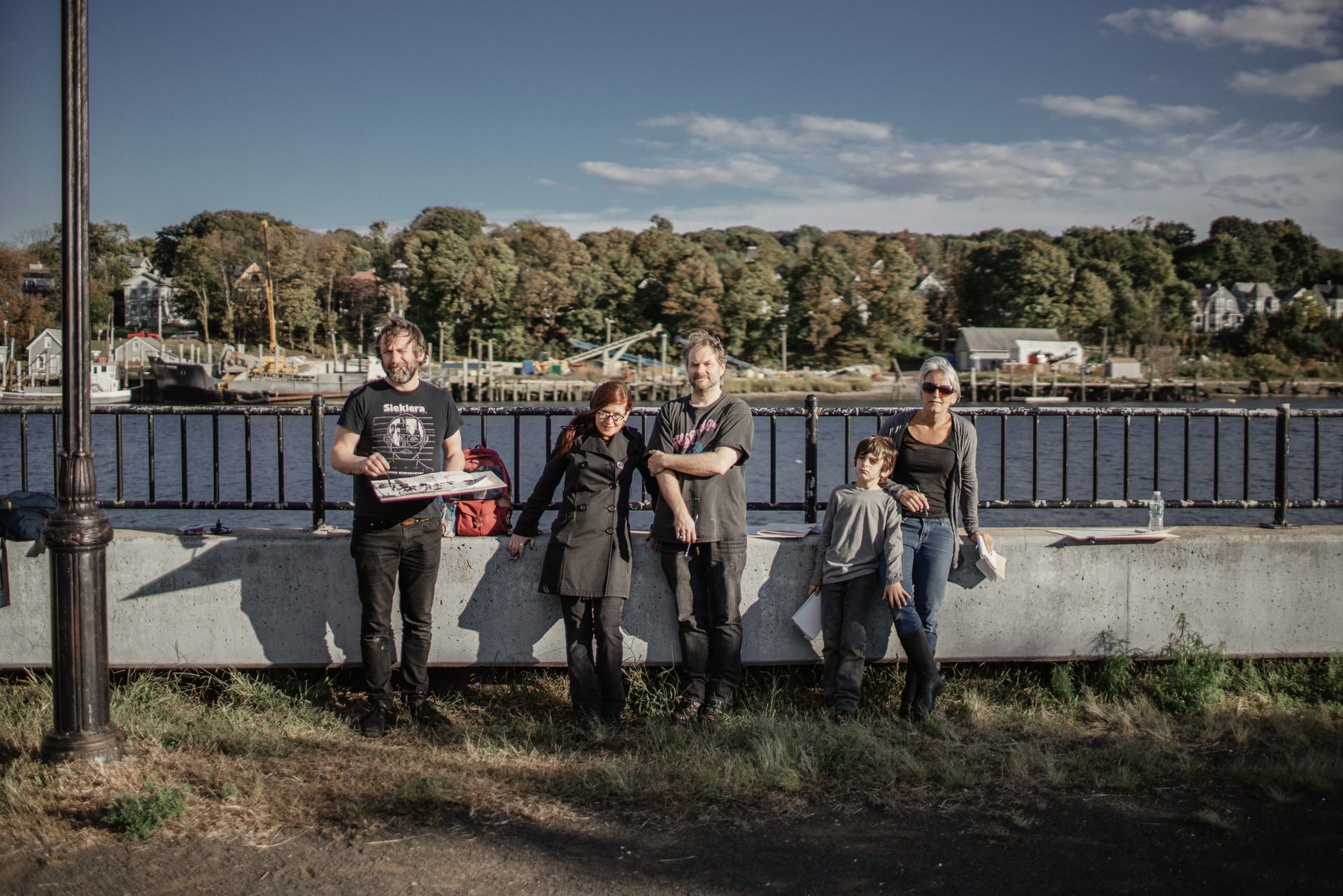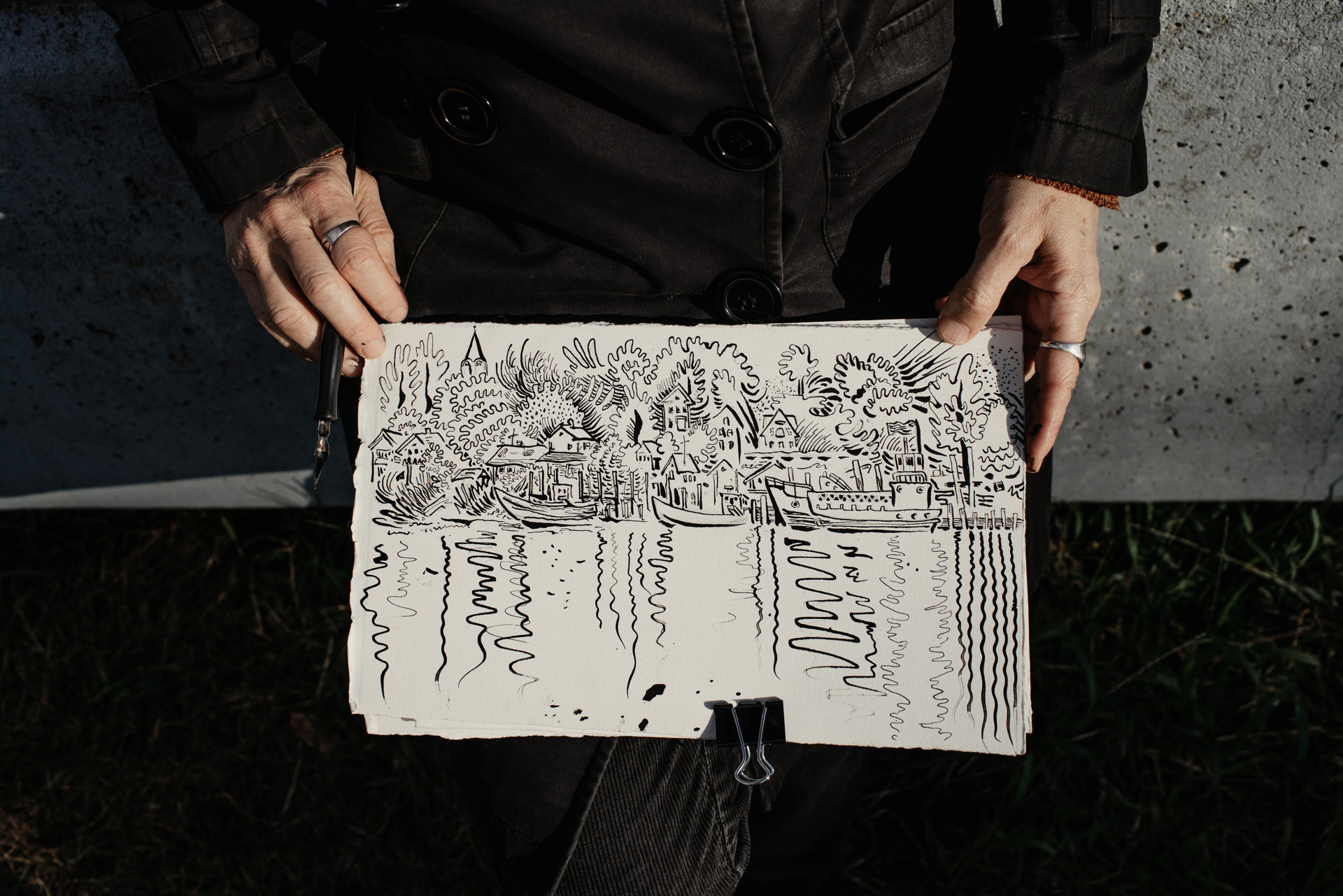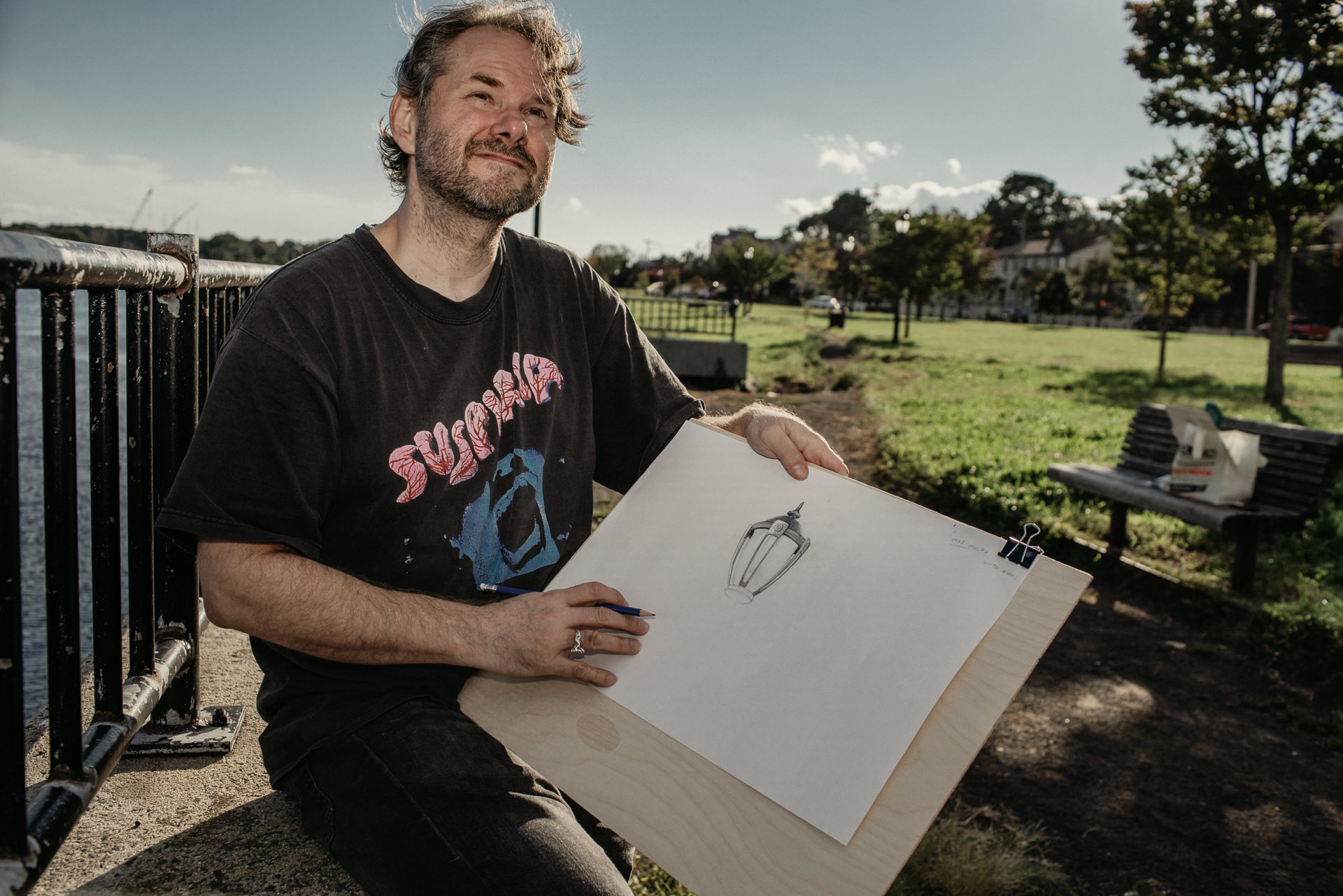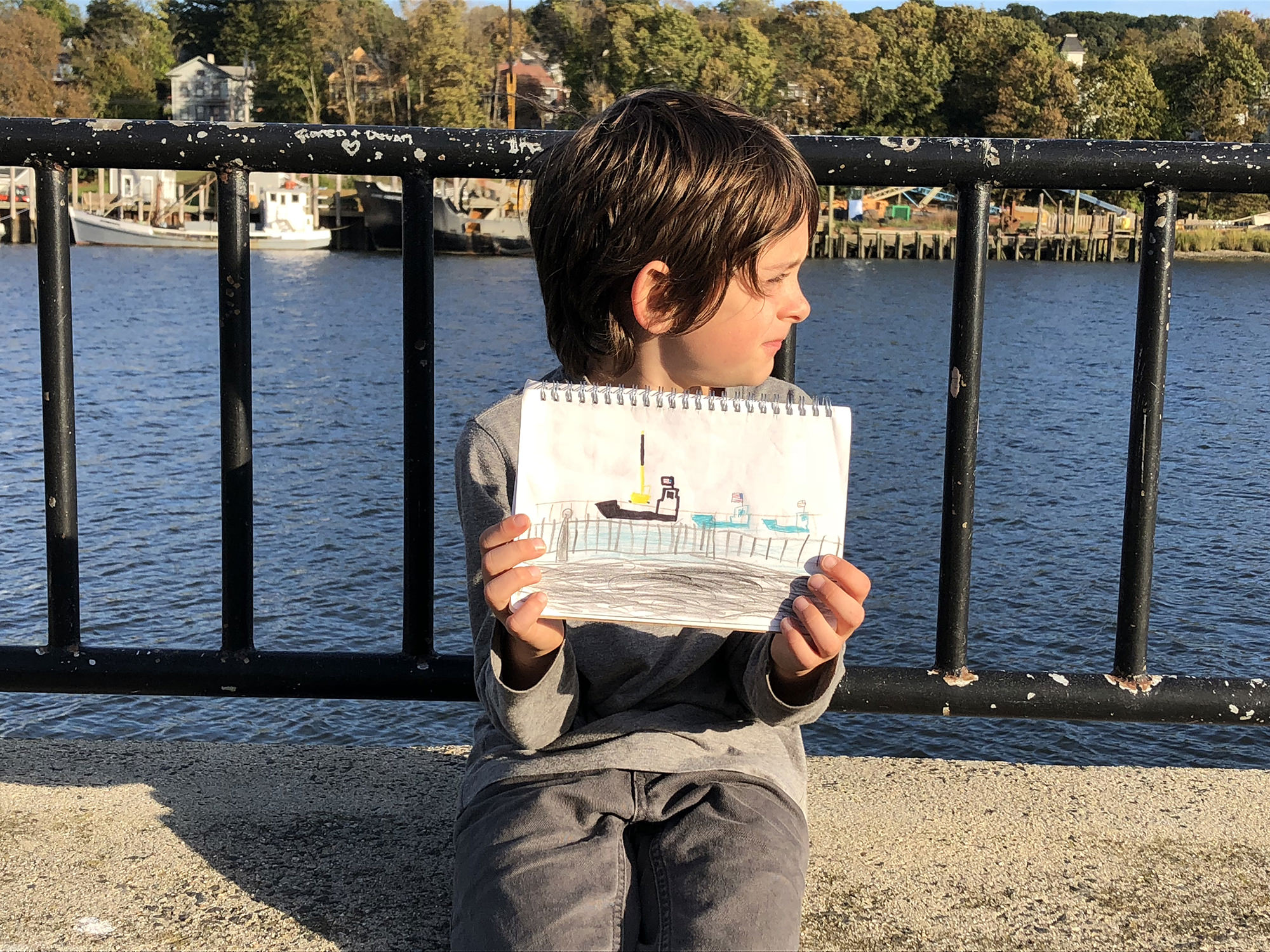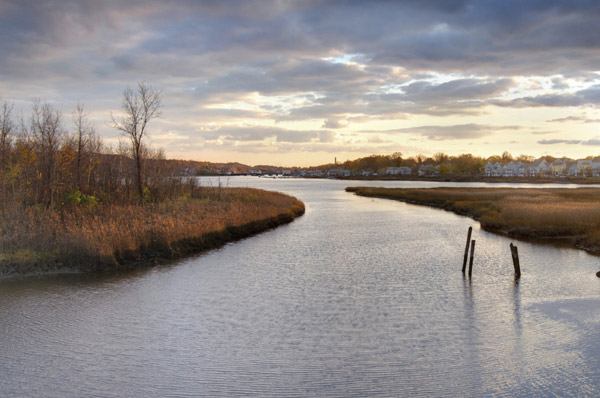
Funding to study microplastics and other pollutants, advocacy and organizations working to improve the water quality and enjoyment of the Quinnipiac River
April 22, 2020 (New Haven, CT) Once home to a thriving waterfront, the Quinnipiac River has suffered from pollution since the Industrial Revolution. Although the river has become cleaner in recent decades, most sections are classified by the State Dept. of Energy and Environmental Protection as impaired, or not supporting aquatic life and recreation.
The Quinnipiac River Fund annually provides grant funding to projects working to improve the health of the river and its ecology. For 2020, the fund awarded 10 projects a total of $131,388. Funded projects include the identification and monitoring of known pollutants, the study of microplastics in the water and soils, and ecological research. The creation of a volunteer corps established to monitor inland/wetlands permits also received funding. See the full list below.
The Quinnipiac River Fund was established in 1990 at The Community Foundation for Greater New Haven with a mission to improve the environmental quality of the river, New Haven Harbor and the surrounding watersheds. Since the fund’s inception, it has granted more than $2.7 million to support a variety of projects to benefit the river: scientific research of the river and its ecology; identifying and monitoring pollutants; pollution mitigation and control; permit monitoring; river advocacy; habitat restoration; public access; education; and other projects. See a full list on www.thequinnipiacriver.com.
Note: Grant awards were made prior to the COVID-19 pandemic, which will delay some of the projects described below.
| Organization | Award | Description |
| Canal Dock Boathouse, Inc. | $15,000 | Recreation and engagement: Boating programs on the New Haven Harbor and on the Quinnipiac and Mill rivers for New Haven high school students, summer camp programs for youth, dragon boat competitions for adults and community boating events for adults. |
| New Haven Land Trust | $15,000 | Conservation and education: The protection and care of the Quinnipiac Meadows and Long Wharf Nature Preserves along with outreach programming and volunteer events. Support will also benefit Schooner Camp and a new Preserves Intern training program. |
| Quinnipiac University | $20,000 | Pollutant Monitoring and Research: Monitoring, identifying and quantifying known pollutants from industrial outflows along the Quinnipiac River, specifically industrial areas in Wallingford and North Haven. |
| River Advocates of South Central Connecticut | $15,769 | Permit Monitoring: The recruitment and training of a permits observer corps to monitor local land use commissions and screen for testimony local land use permits, and to assist in monitoring of state level permits affecting water quality. |
| Southwest Conservation District | $3,650 | Recreation and Engagement: Cleaning logs and debris from a blocked access for boats in the Quinnipiac River. |
| University of New Haven | $9,675 | Scientific Research: Study of the prevalence of the ulvoid bloom in the New Haven Harbor. |
| University of New Haven | $13,859 | Pollutant Monitoring and Research: Study the prevalence, concentration, and physical characteristics of microplastics in water and sediment samples throughout the lower Quinnipiac River and New Haven Harbor, and their fish communities. |
| University of New Haven | $13,822 | Scientific Research: Study of the thermal profile of the Quinnipiac River in response to climate change. |
| Yale University | $4,856 | Scientific Research: Monitoring marsh surface elevations as well as the salinity and vegetation in one lobe of the marsh, and to support measurement of soil salinity and vegetation cover in marsh-bordering areas at the Quinnipiac Meadows Preserve. |
| Yale University | $19,757 | Pollutant Monitoring and Research: Study of microplastics in storm run-off to tributaries throughout the Quinnipiac River watershed. |
| Total: | $131,388 | |
